A few days ago, I made it to the Draper’s Daughter in Chichester, England to select fabric from Japanese designer Nani Iro.
In the days leading up to the trip, I stumbled into an interesting textile history across many continents*, starting in 1650 London with Petticoat Lane.
Since this series of blog posts is meant to tell the story of making my first dress pattern from Nani Iro, you can follow the beginning of each post for those details.
Then, farther down below you’ll find a more varied tale.
(*I didn’t really travel many continents in three days. Well. I sort of didn’t.)
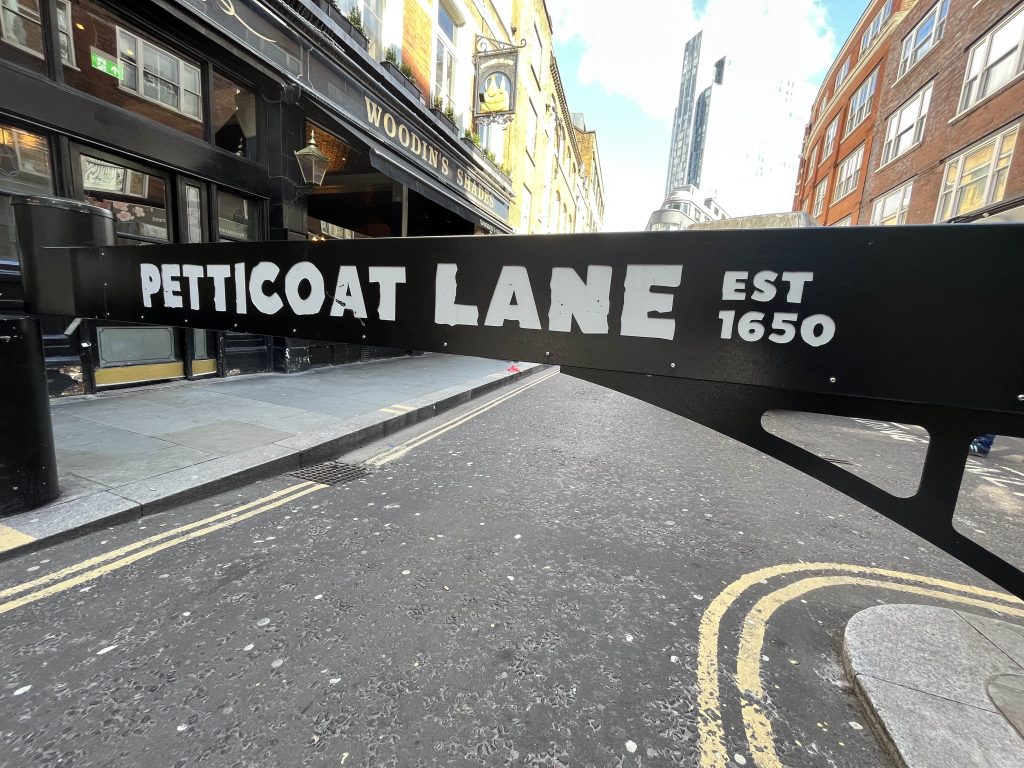
Draper’s Daughter
You already know that I am a beginner and documenting my process figuring out how to make clothes. I am working on this dress pattern from Nani Iro. In this post, I’ll show you the fabric I’ve picked out and describe my next step to prepare the pattern.
Earlier this week my friend Su and I visited a fabric store in Chichester called Draper’s Daughter, owned by Karen (pictured below). I found this store listed in the back of Iro’s book, A Year of Sewing and wanted to visit in person because I am still learning about fabric. I need to feel fabric before I can select it.
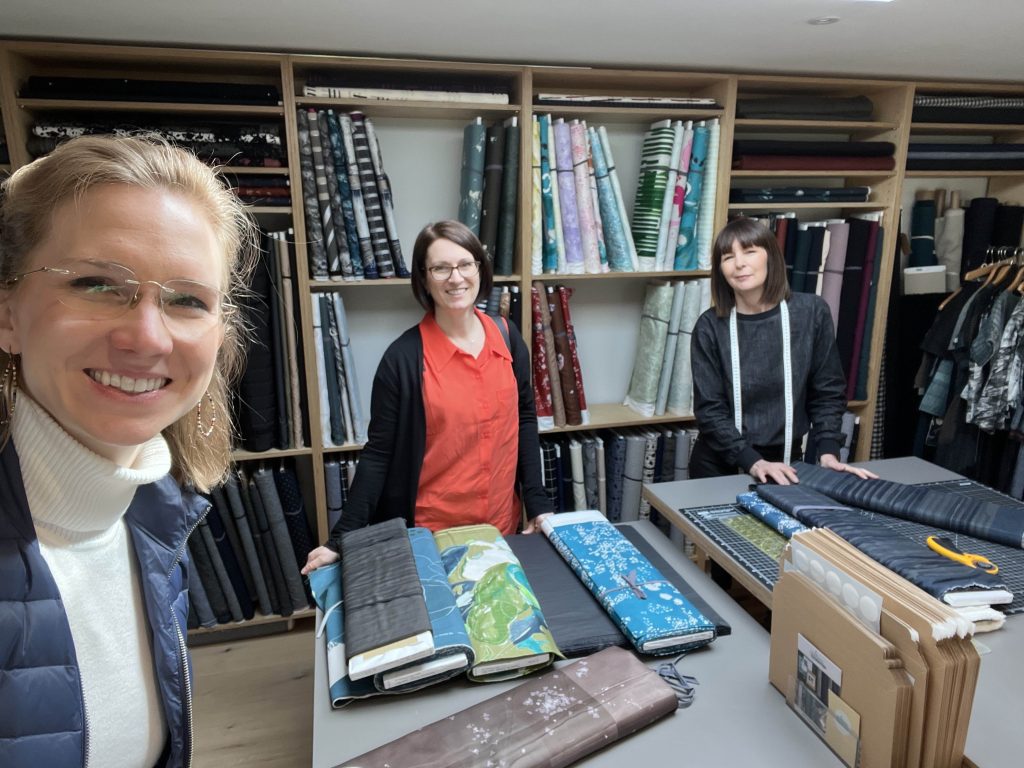
After touching all of the fabrics, I landed on the one above because it is super soft and intrigued me with the secret shapes hiding. It presents as a suite of steely blue and gray vertical lines, but just under the surface are watercolor-like shapes floating through the streams.
Iro titled this fabric, ‘Islands.’
There was another fabric that I loved, but there wasn’t enough left on the bolt to make the dress, so I purchased the remaining bit to make a tank top for summer.
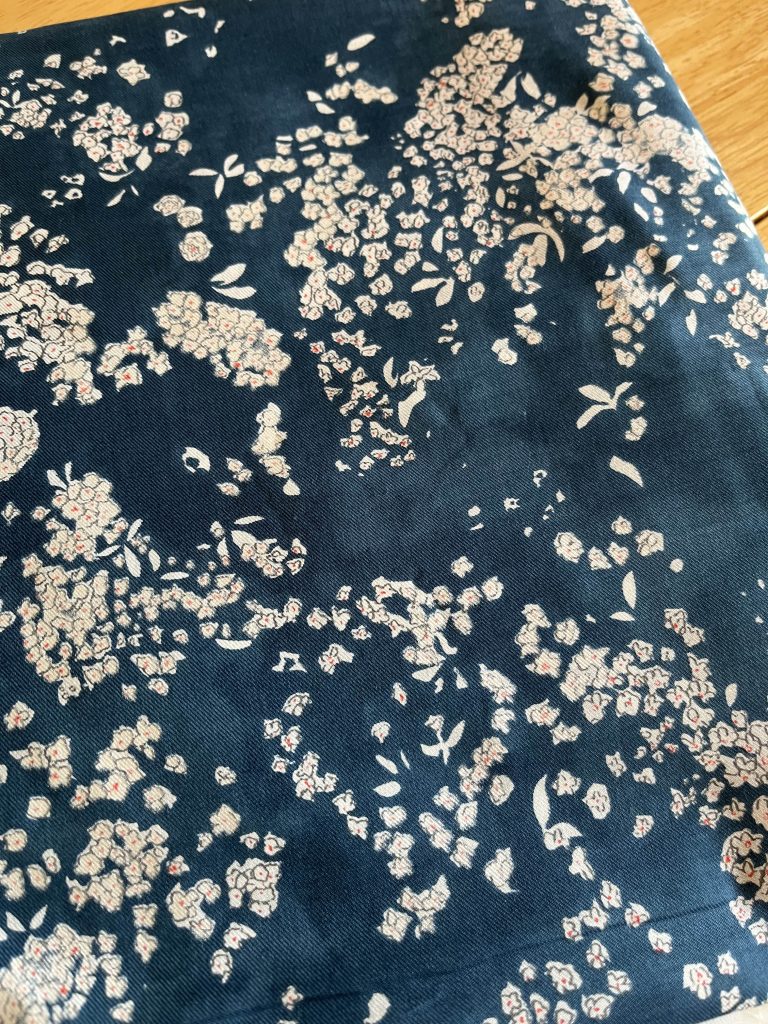
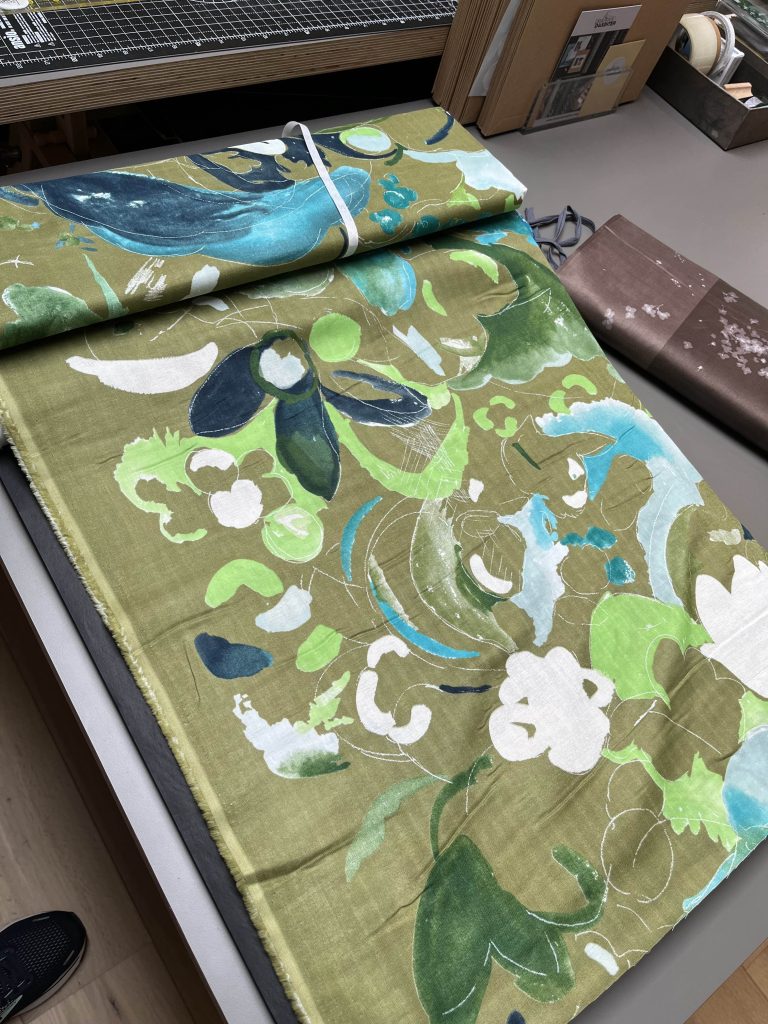
Deciding How Much Fabric to Buy
For each project in Iro’s book, she provides a grid to help you determine how much fabric to buy. I’ve decided to make Pattern R (size small) and Pattern C (size small).
To use the grid, look at the Finished Sizes at the top of each page to help you choose your size. Then, look for Fabric Requirements under your selected pattern. It’s very important to always check the finished size of every pattern. You could be different sizes in different patterns.
Now that I have purchased fabric, what’s next?
It’s time to prepare the pattern. Next week I’ll share my process for preparing the pattern. I’ll need large tracing paper and special curved rulers for transferring the pattern.
The main thing to note is that I am going to start by making the Bias Tank Top (pattern C above) and use inexpensive fabric that I already have on hand (not the Nani Iro fabric). Since I am new to following patterns by Nani Iro, I want to first practice through an easy pattern of hers and use fabric that is easy to replace.
If you can’t wait until next week to see how to prepare the pattern, you can see how to prepare the pattern here with a video from the publisher:
That’s all for now.
See you next week with pictures of my pattern making process.
-Katie Days
As promised, a more varied tale below.
Petticoat Lane and Beyond
On Sunday, April 2 as I meandered back from a visit to the Tate Modern, I decided to put my phone navigation away and follow the interesting maps that I found posted around London.
I couldn’t help but think of the historical fiction book Lost Apothecary* as I used street names that were hundreds of years old to help me choose the next place to visit. Of all the names I found, I became focused on Threadneedle street and wanted to get there.
(*Note: Nothing in my explorations led me to believe the olde worlde street names would lead to hidden poison dispensaries, but I do think Sarah Penner could use something here for her next book.)
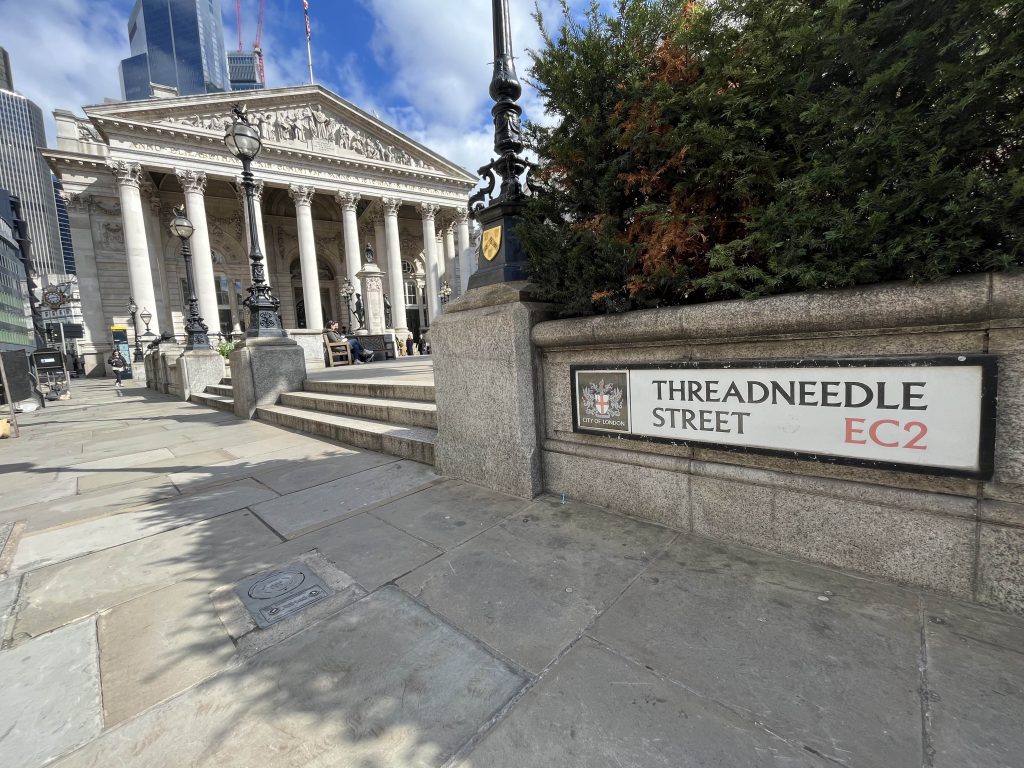
Side note: If you want to see a good video for how to make a knot after you thread your needle, check out this video from Rehana. (And be sure to check out the blooming dress she designed and made.)
So why did Threadneedle street stand out to me? The day before I explored the Victoria and Albert Museum, the Fashion and Textile museum, and Woolcrest Textiles, so I was looking for another adventure in fabric.
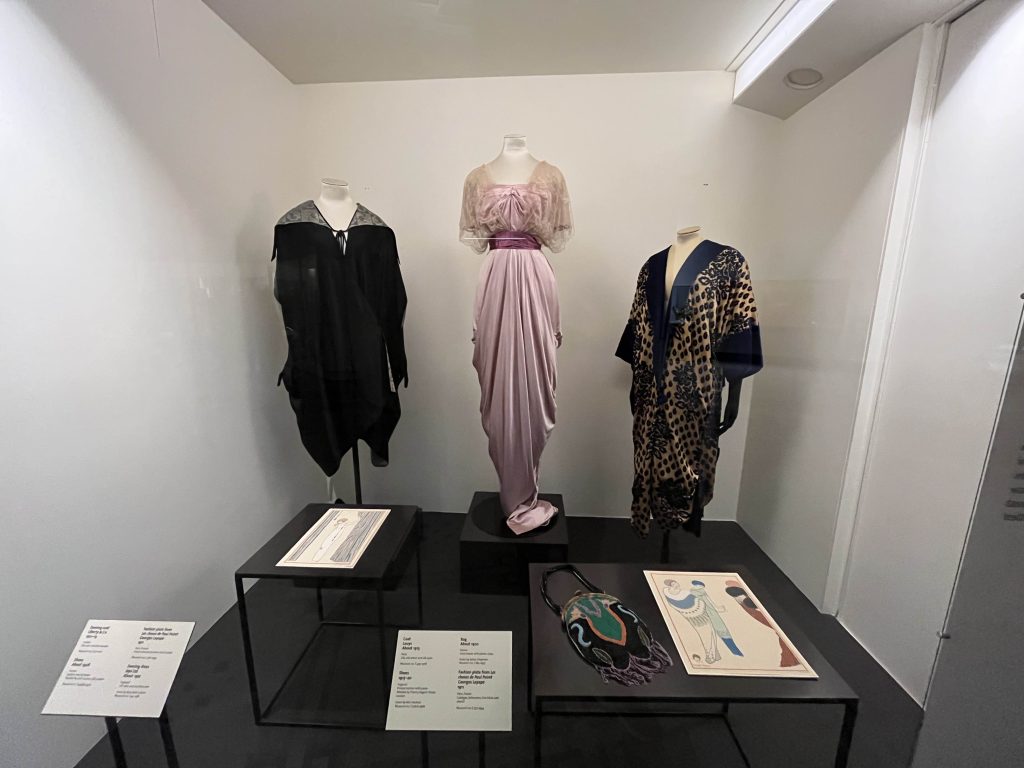
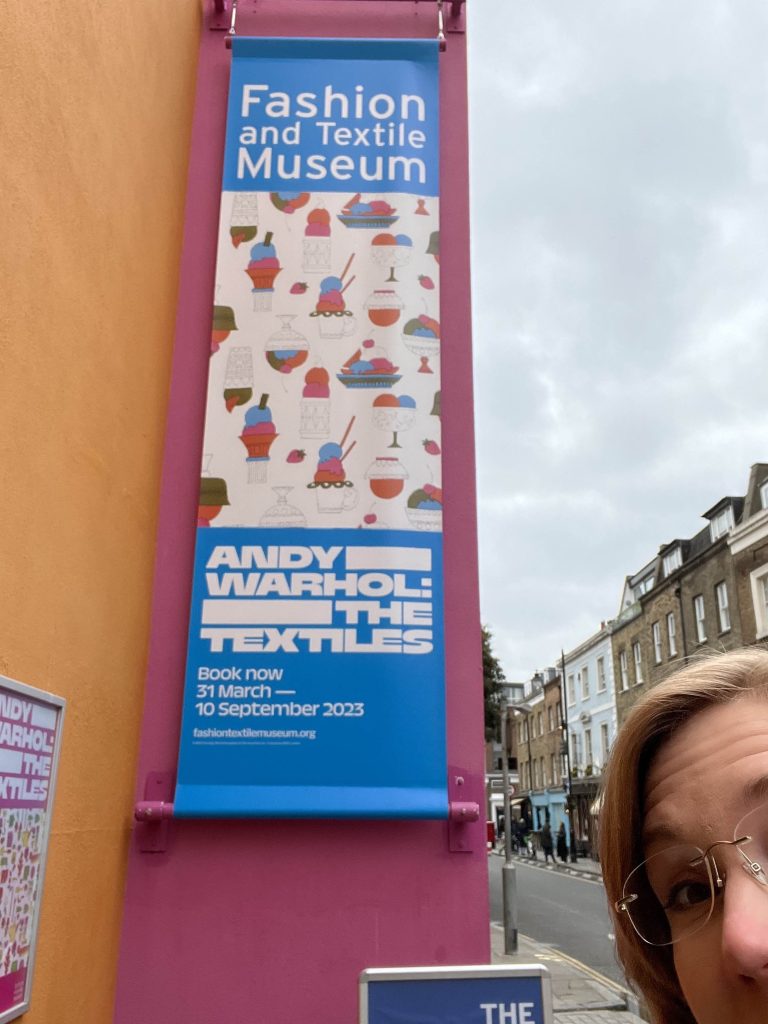
After the Fashion and Textile museum, Saturday afternoon led me to an outdoor market and a fabric shop.
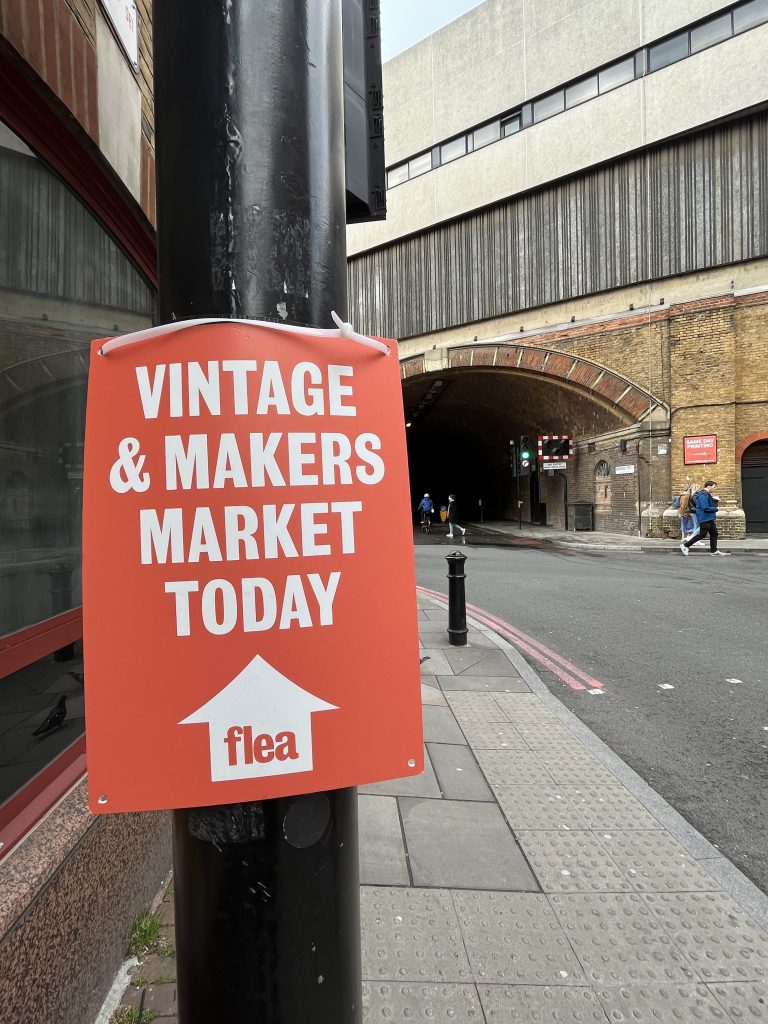
Rehana, (whose video I mentioned above) had recommended a textile shop to me, so I used the last daylight hours of Saturday to head over there after the market.
So that’s how I spent Saturday, back to Threadneedle Street on Sunday…
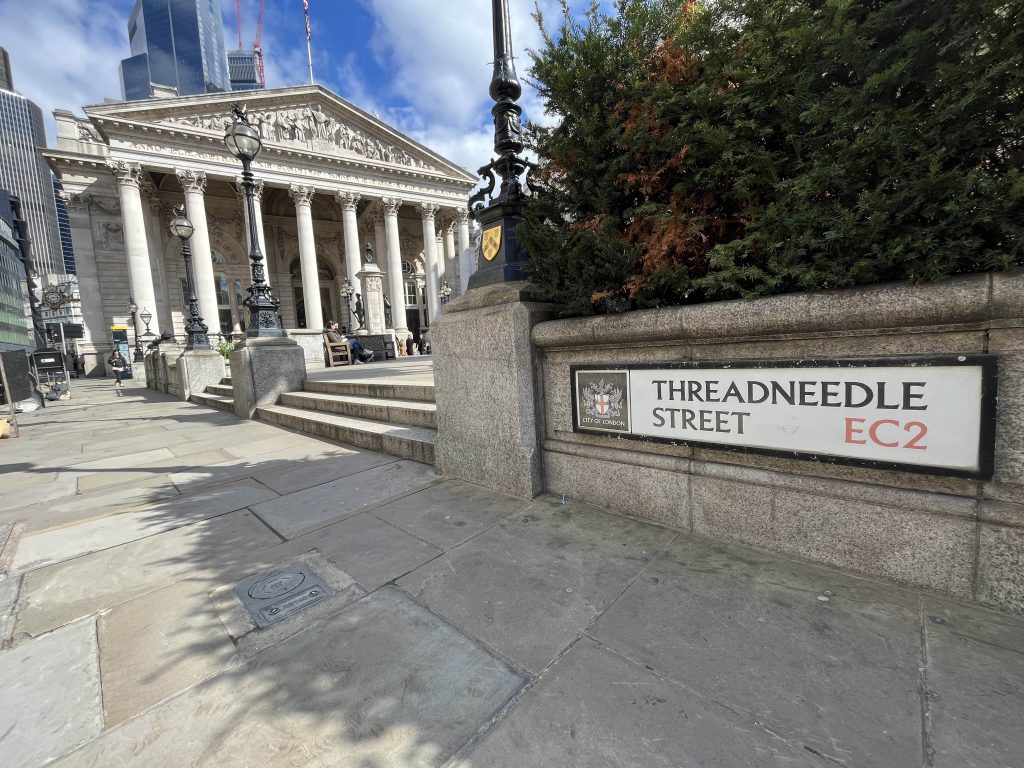
Once I got to Threadneedle street and looked at the next posted map, I noticed a section labeled “Petticoat Lane Market.” I didn’t know what that was, but quickly made it my next destination.
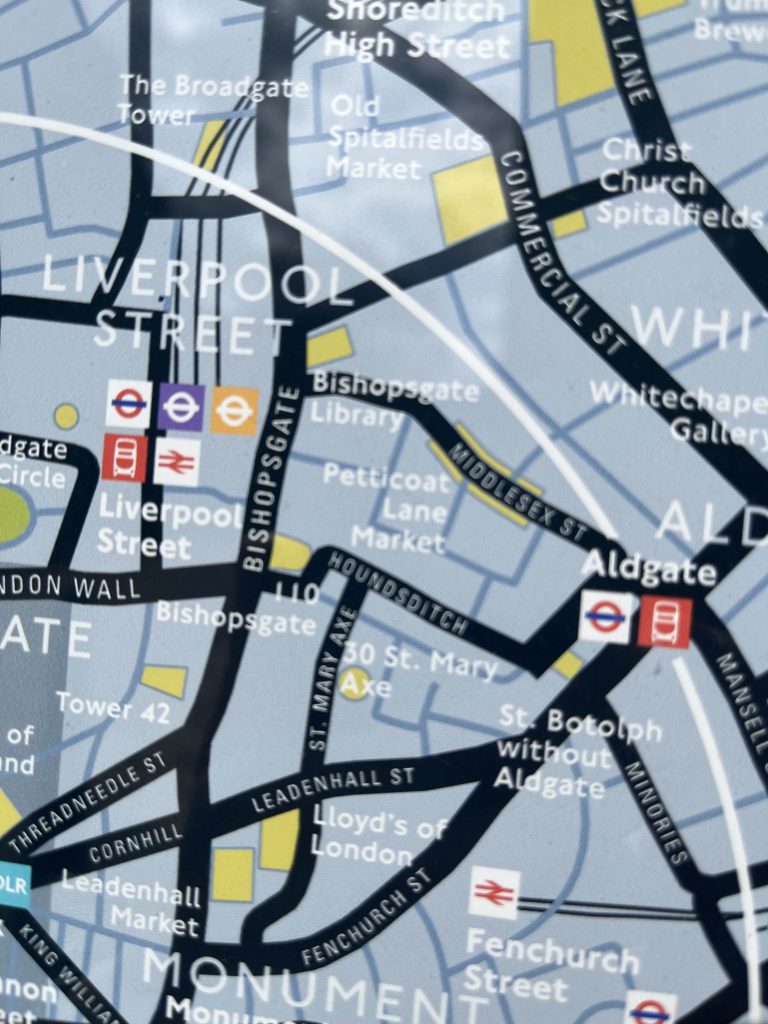
When I arrived, I was delighted to find a market in full-swing and a variety of fabric shops lining the streets. Many of the shops sold African Wax prints – and at 200£ a meter, I was definitely in the wrong shops.
After walking into the first store and seeing the prices, I tried to play it cool. I looked around like I was going to buy something, but I was honestly afraid to touch anything. I left pretty quickly. (This happened to me once in New York when I went into a watch shop with ‘used watches’. It turned out they were antique watches selling for more than my car. I asked to see a few, before leaving because they, uh, weren’t exactly what I wanted…)
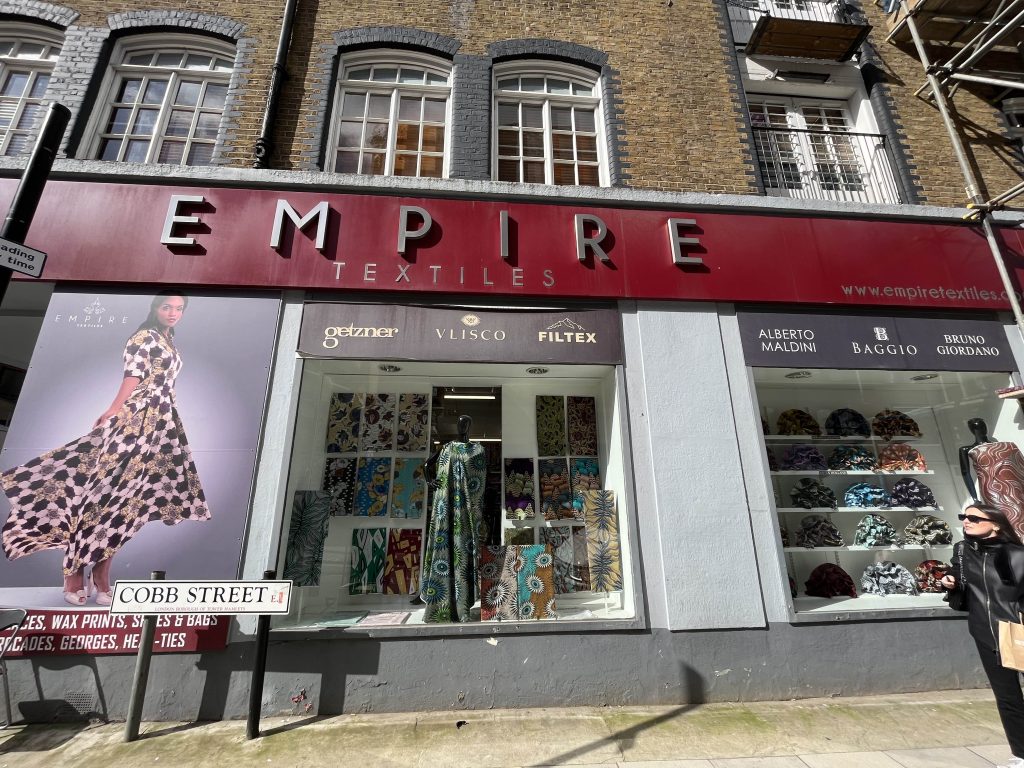
I didn’t purchase anything from Petticoat Lane Market, but I did feel close to history and imagined Eliza from the Lost Apothecary running through the streets. I couldn’t imagine discovering a scrap of fabric from hundreds of years ago the way Caroline found the blue glass vial in the River Thames, but I did keep my eye out for little doors and side alleys that might lead to a Lost Apothecary.
The Eternal Maker
Just to mention, I did get a few remnants of another type of fabric that I am excited to use to make a work-apron. These came from The Eternal Maker, near Chichester where Draper’s Daughter is.
Modern Art History
Have you heard of this pivotal piece of Modern Art titled, “Fountain”? Read the full description below.
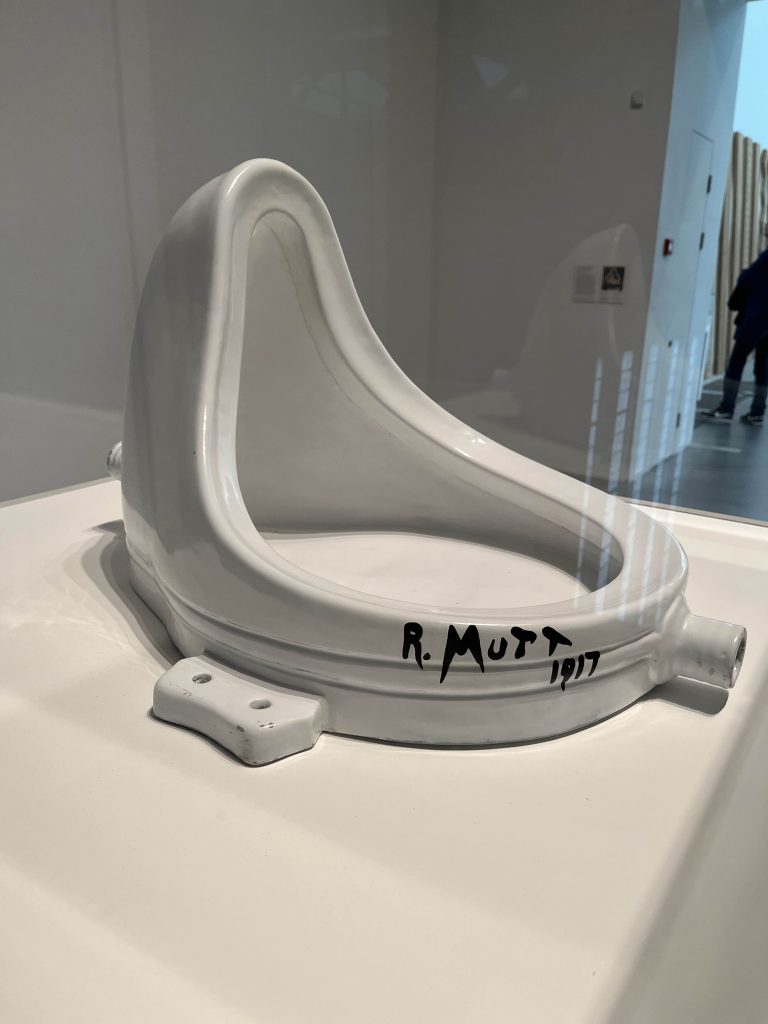
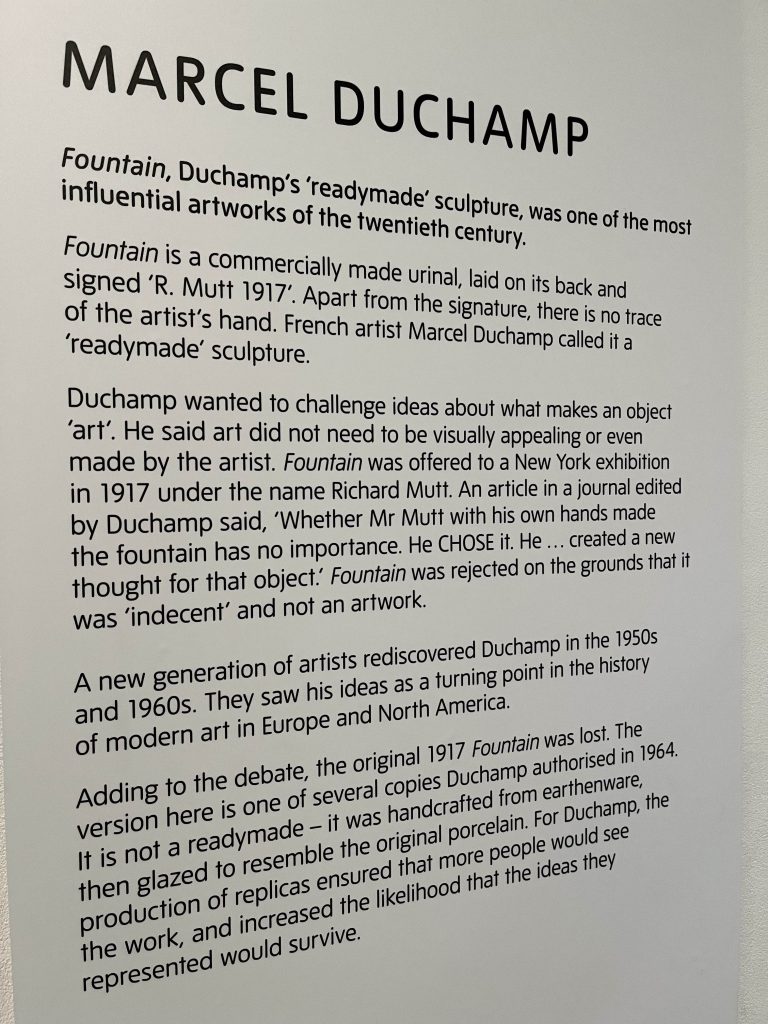
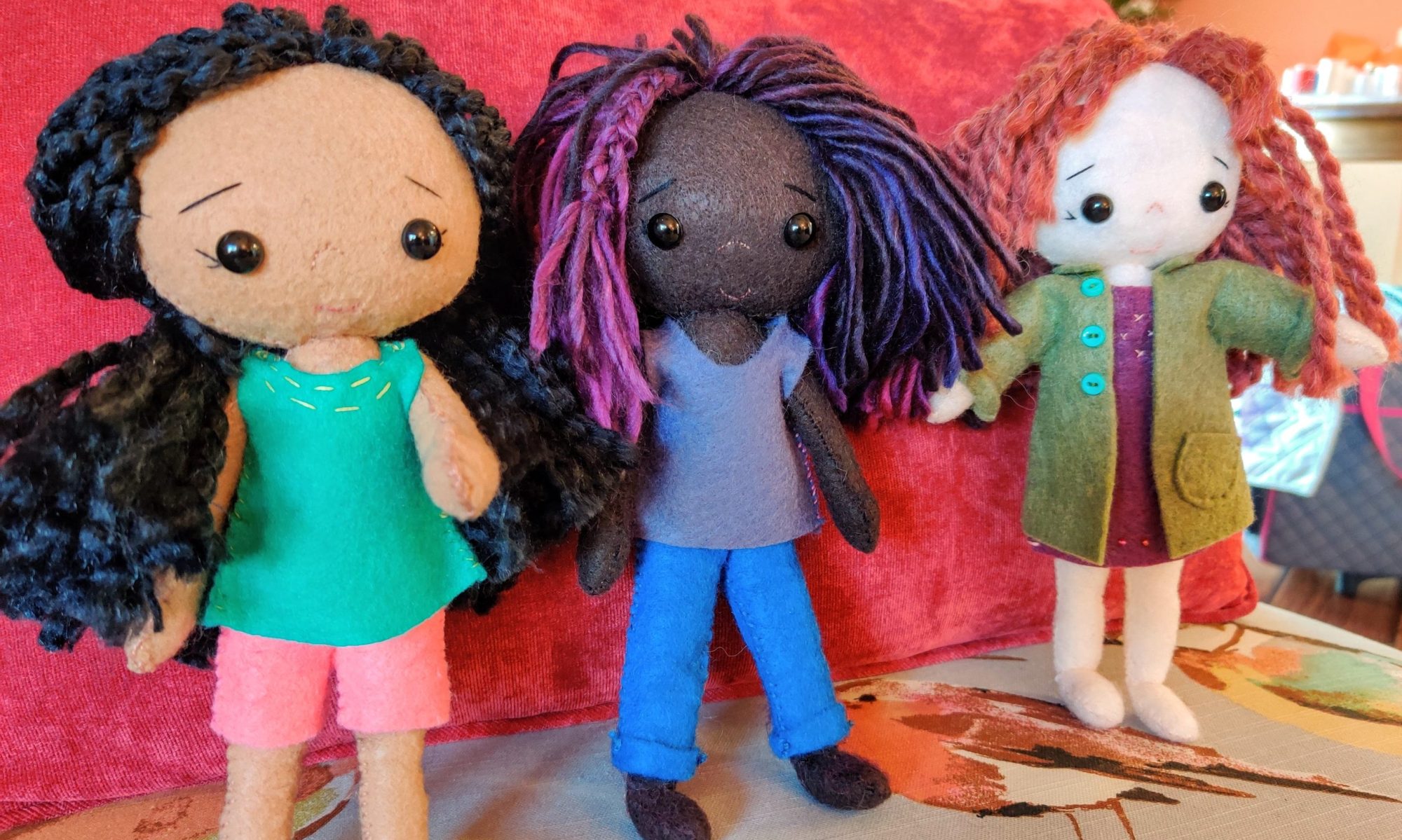
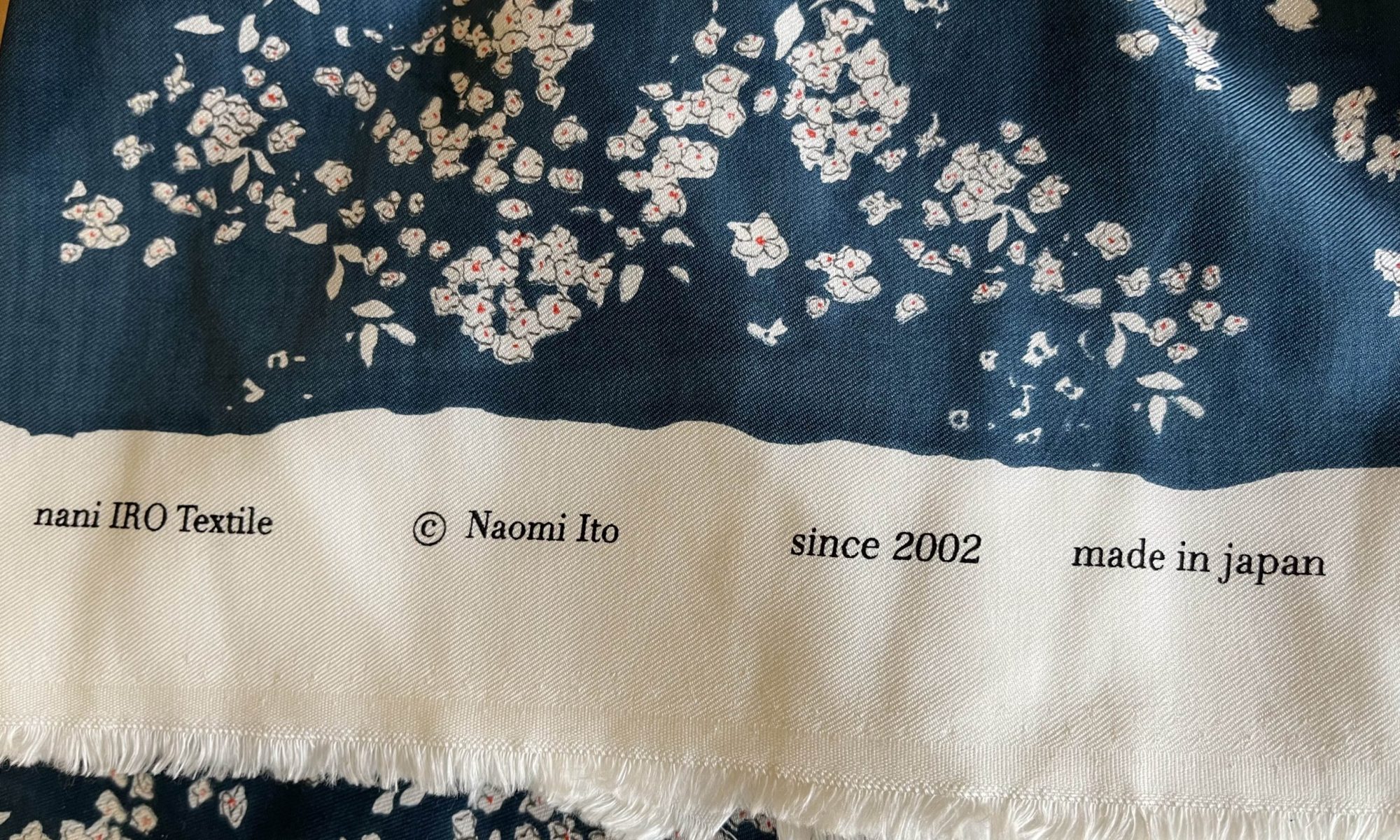
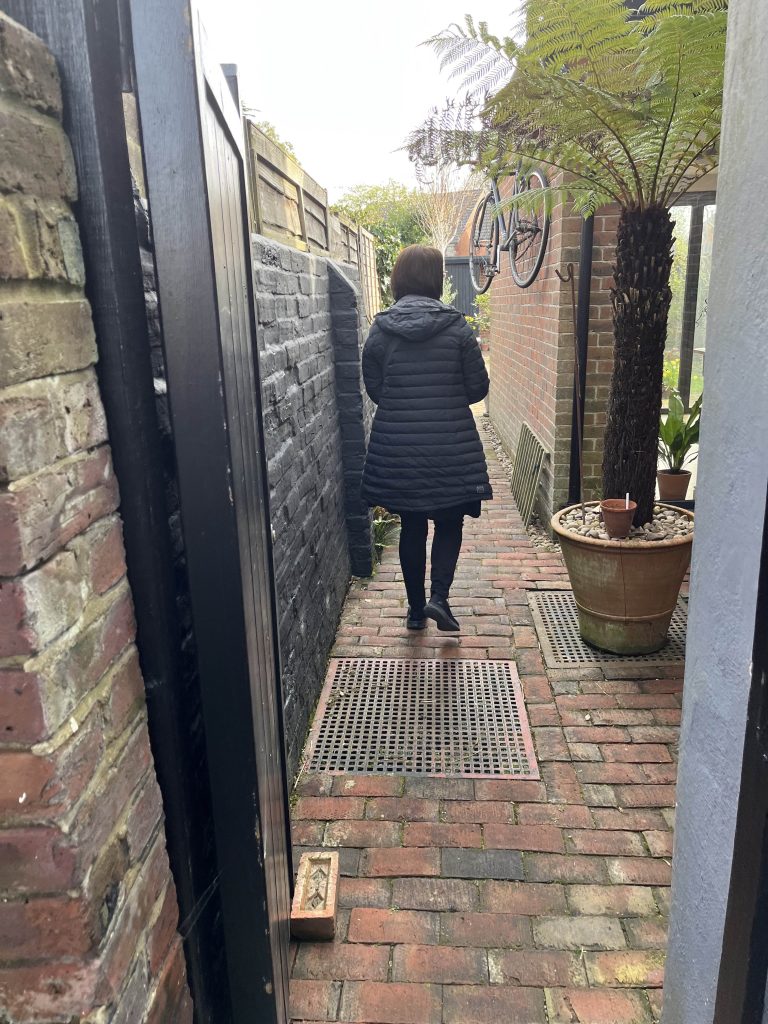

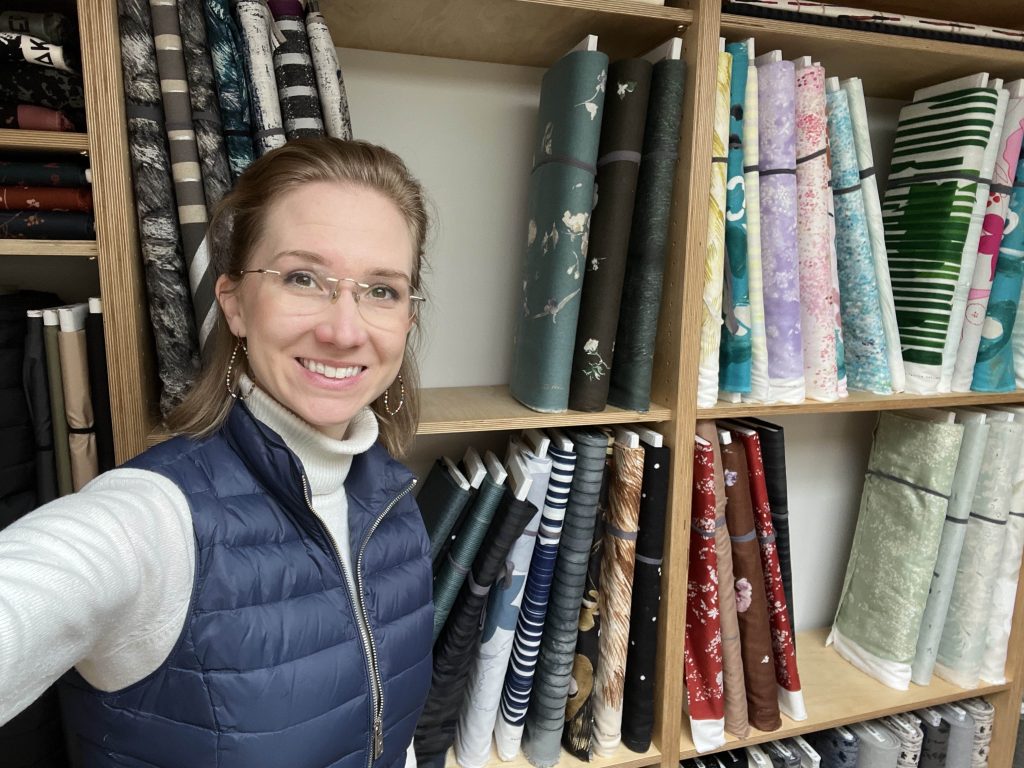
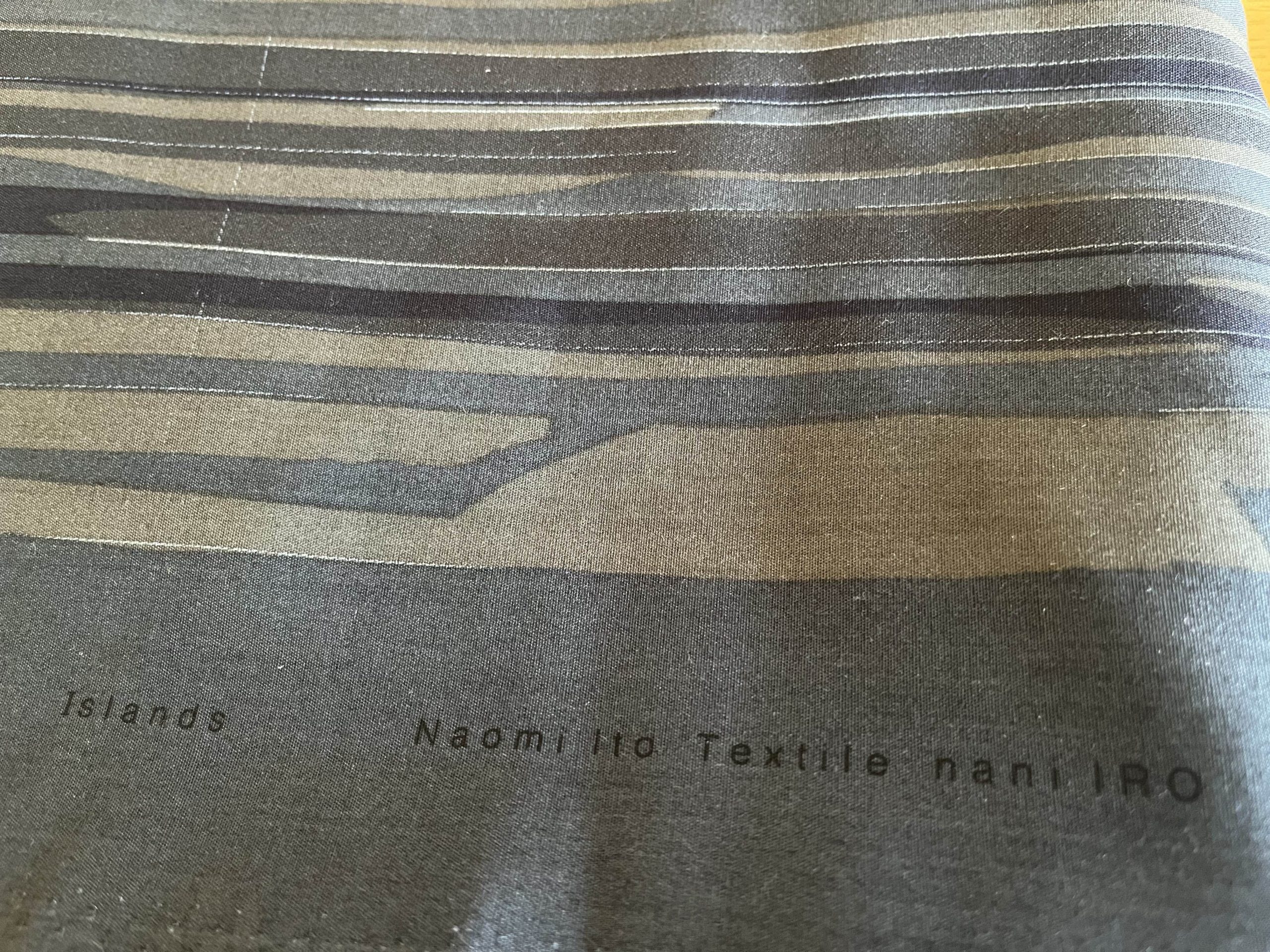



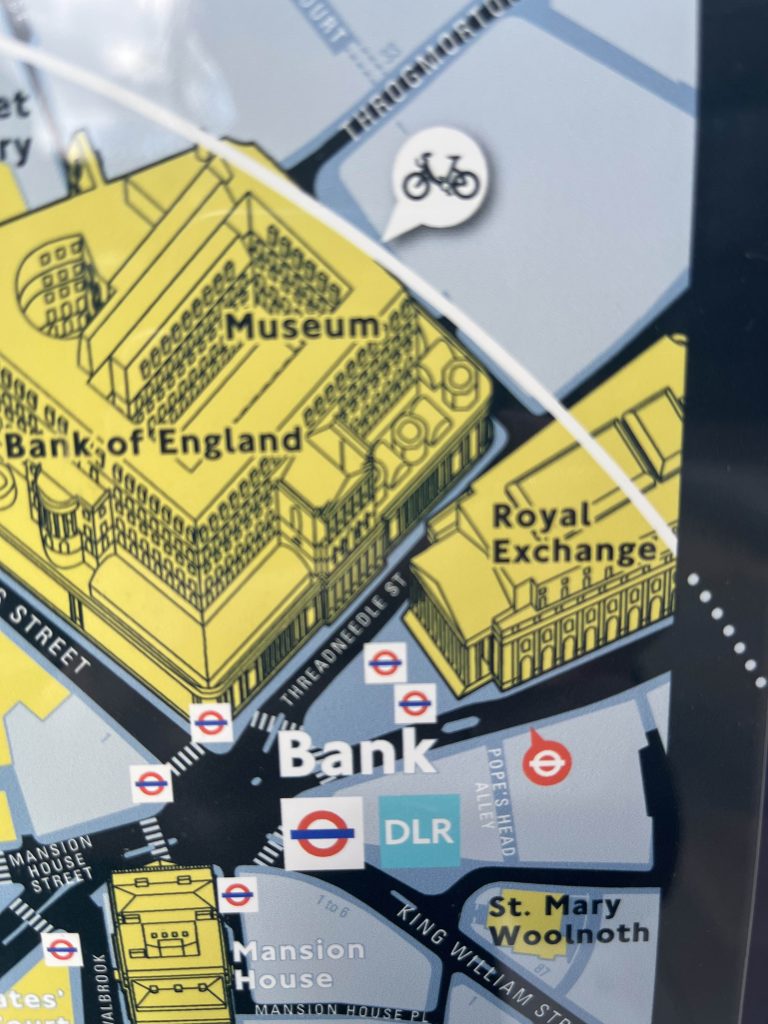
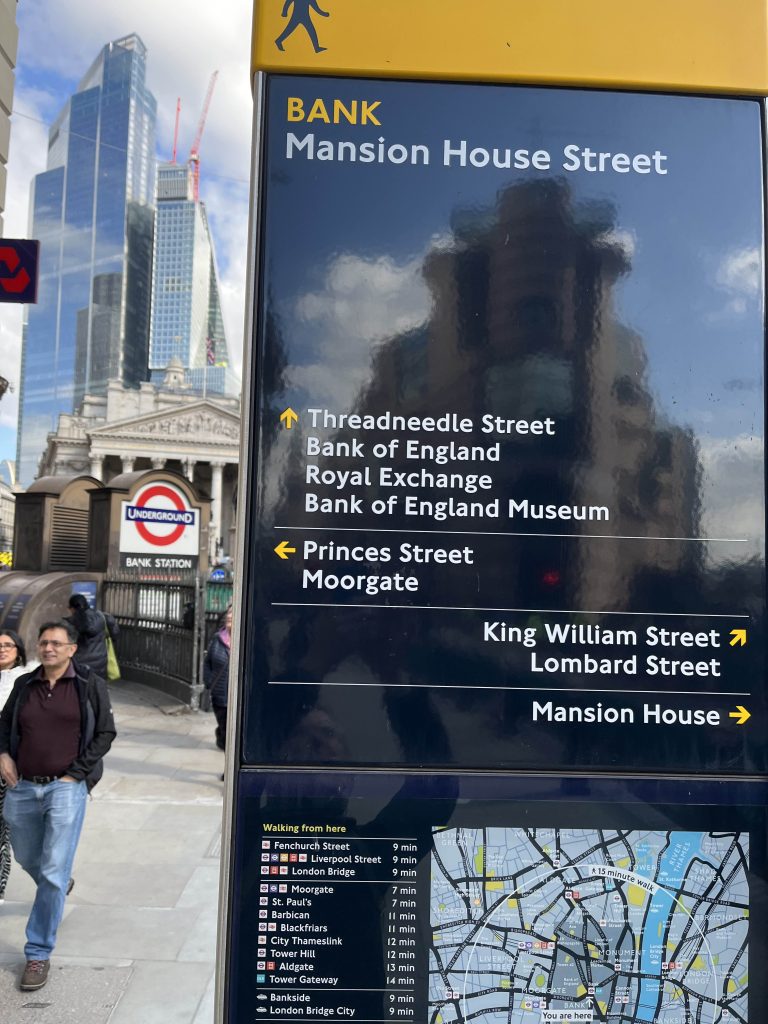
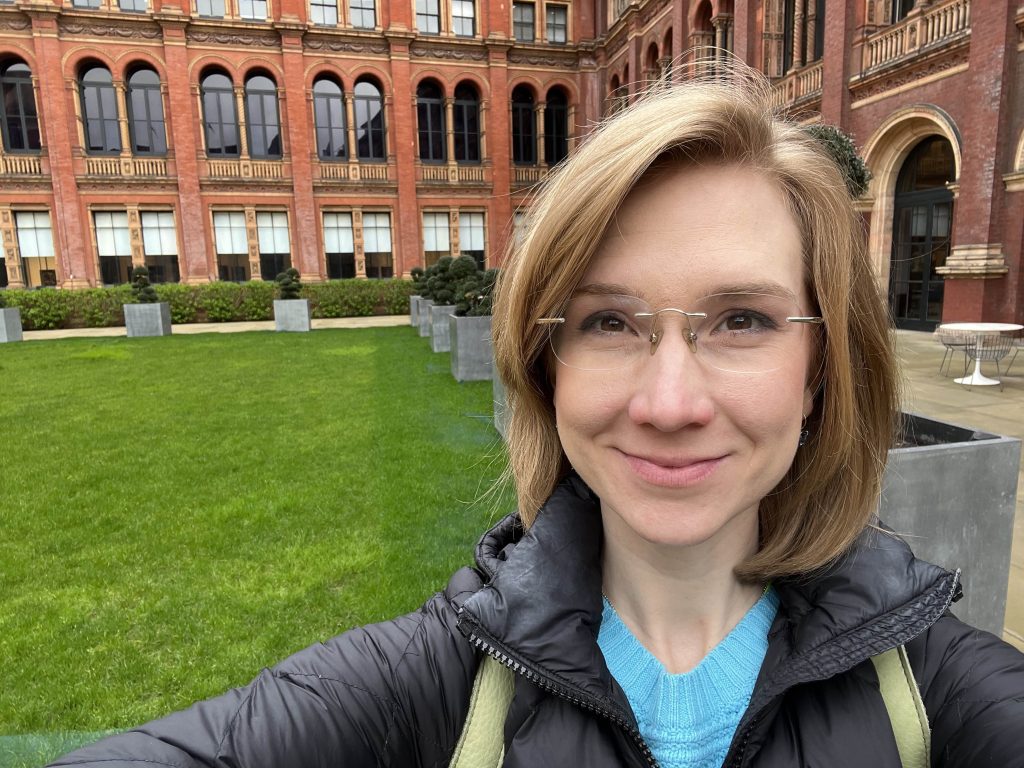
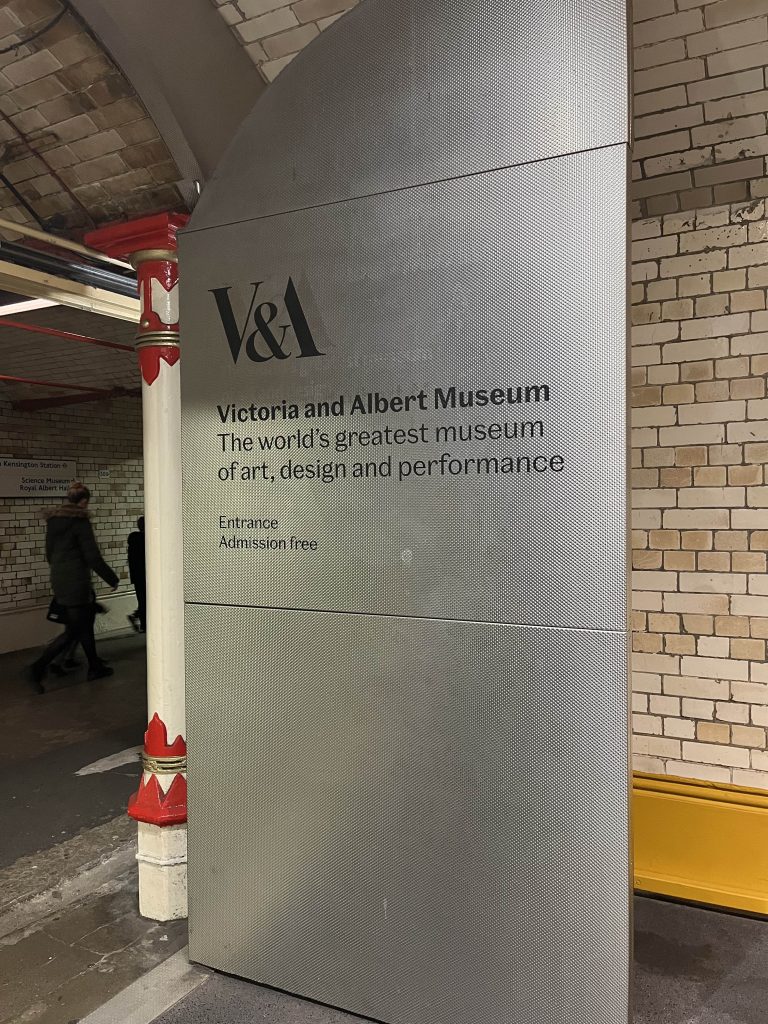
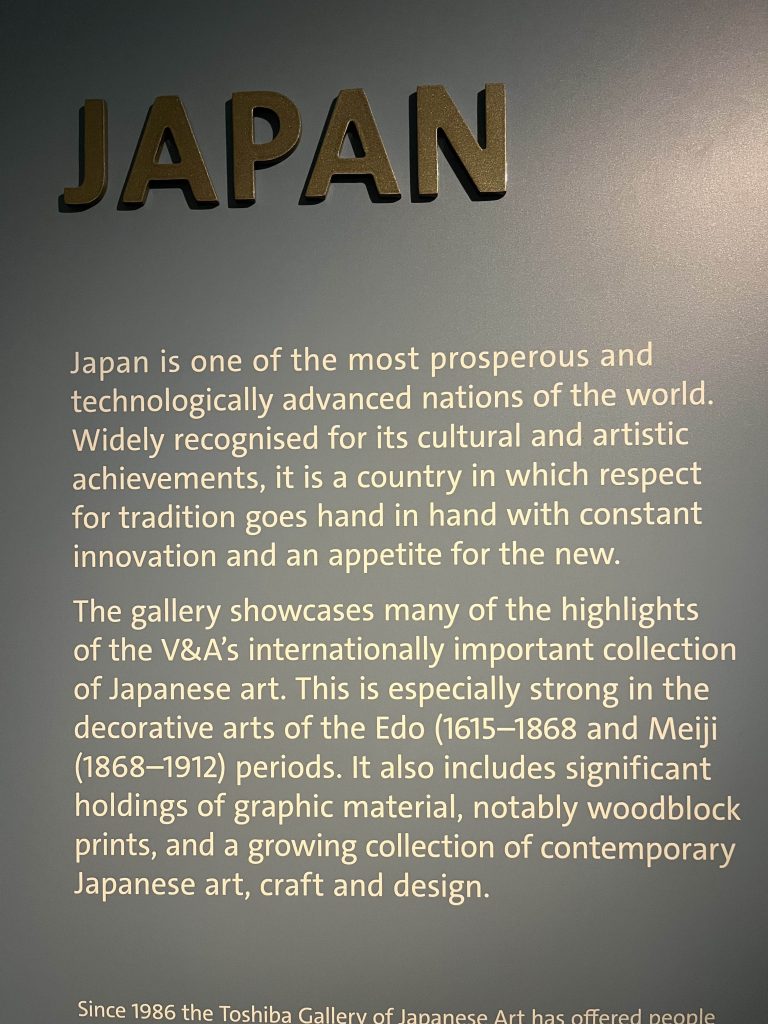
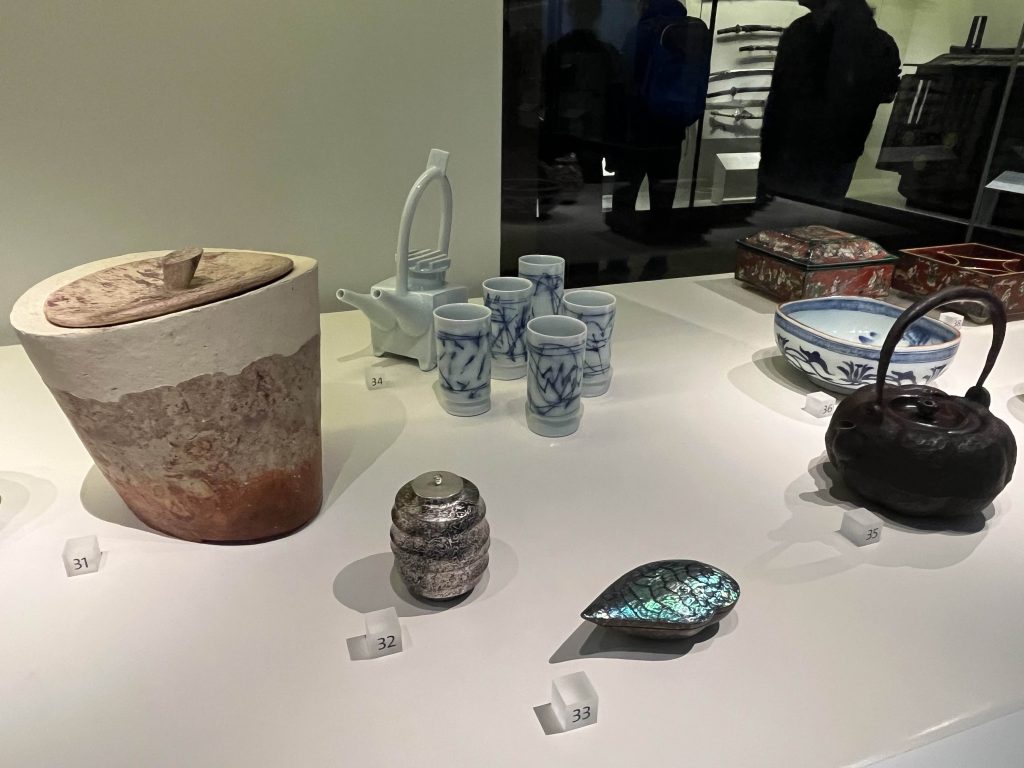
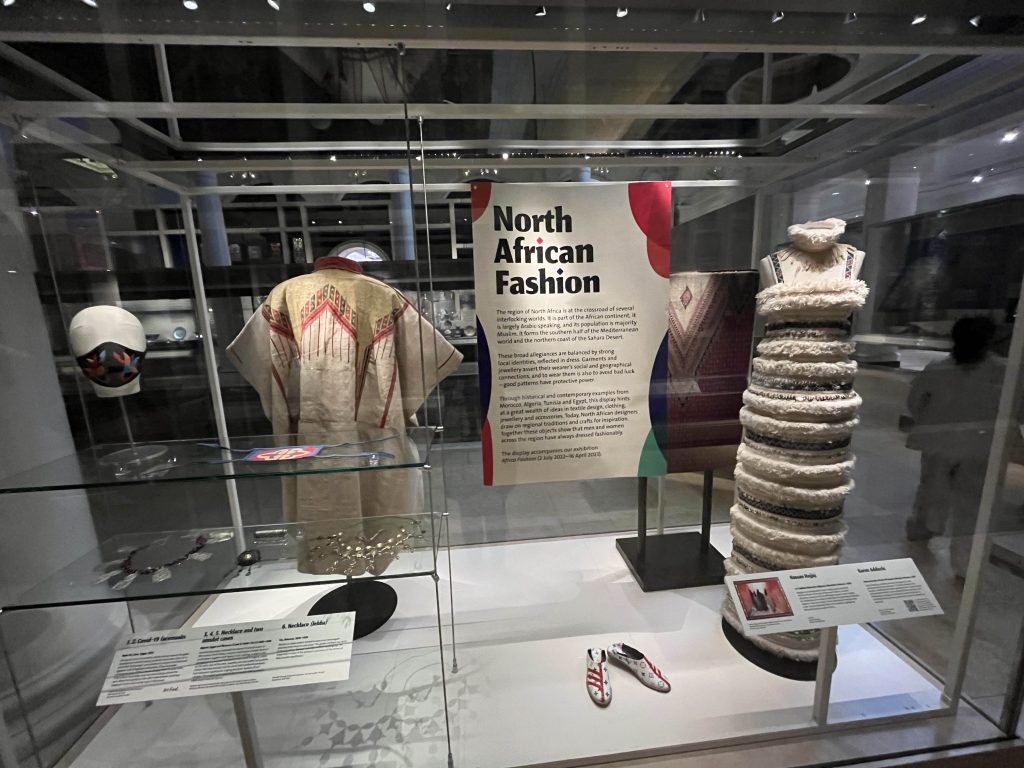
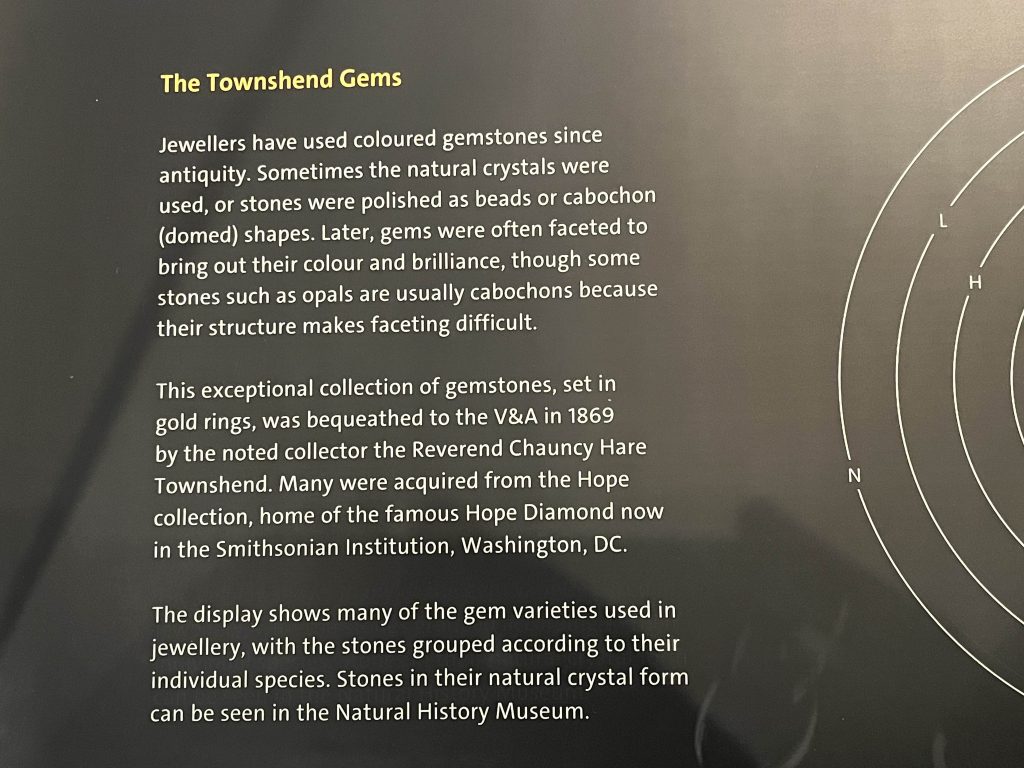
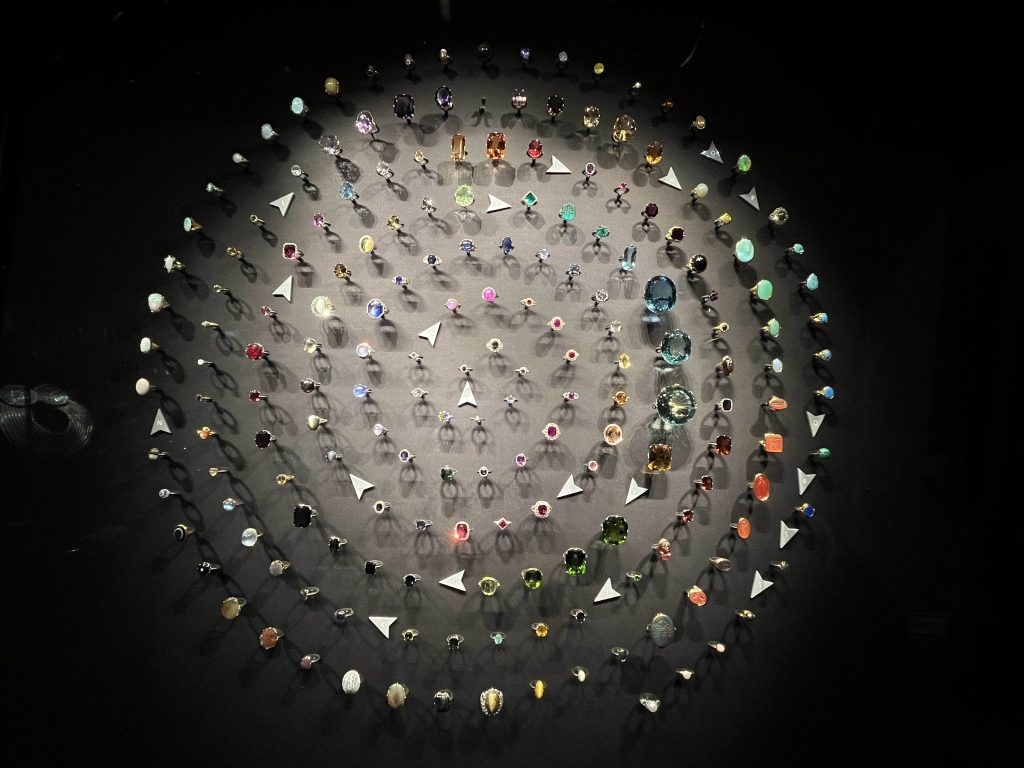
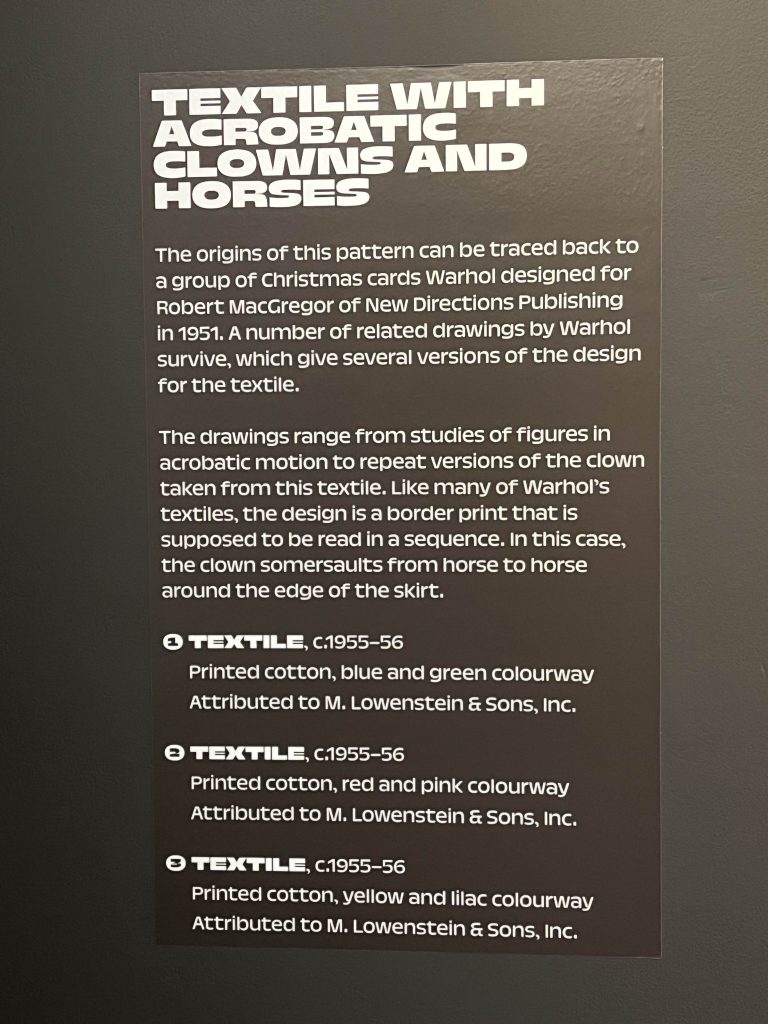
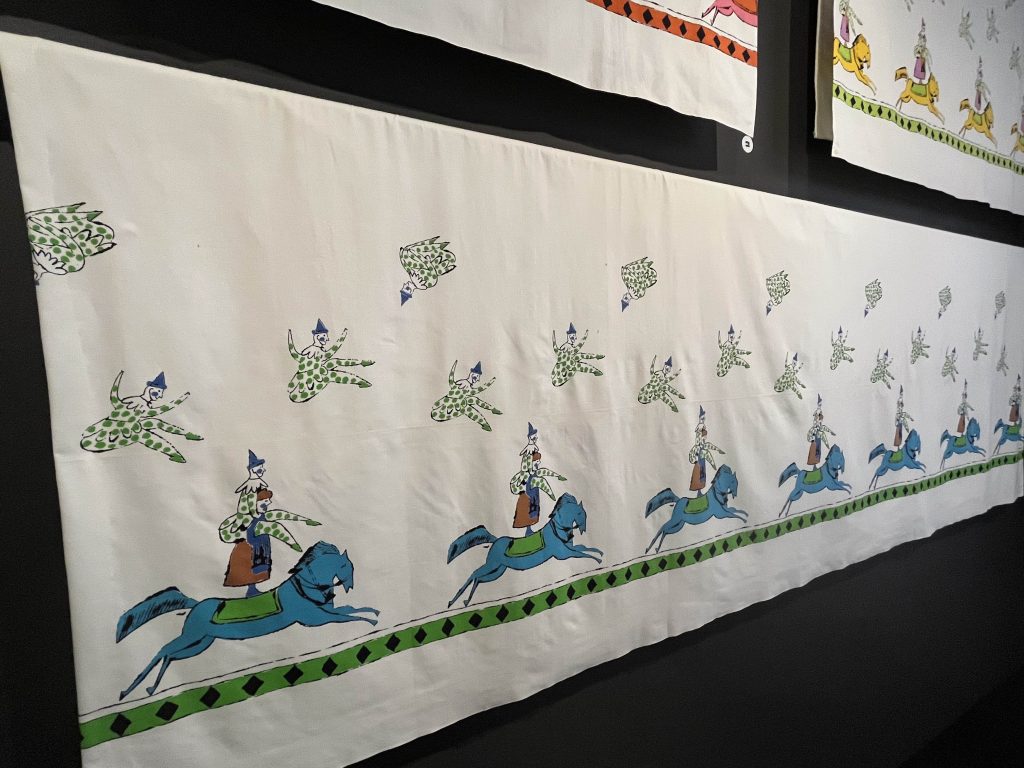
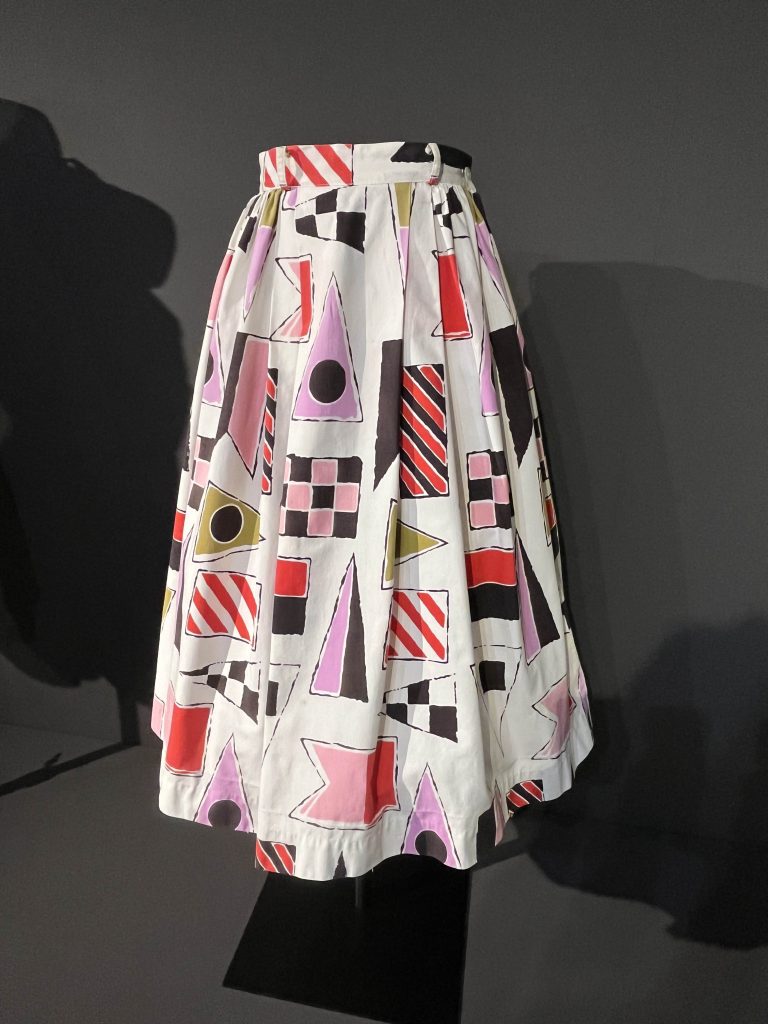
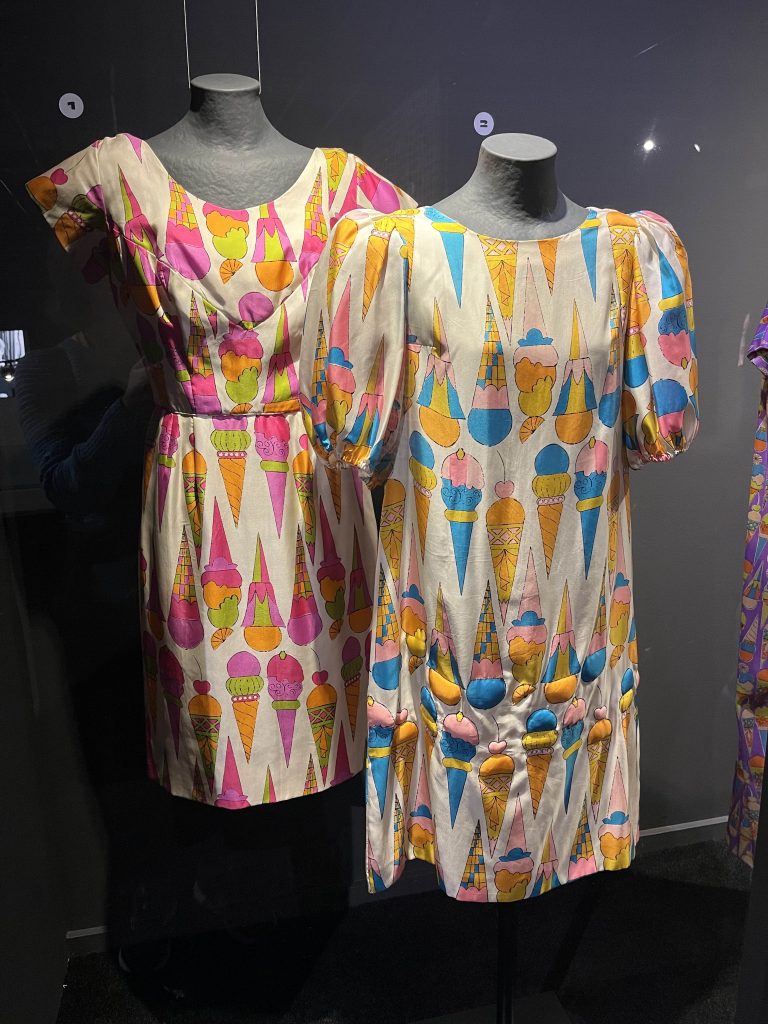
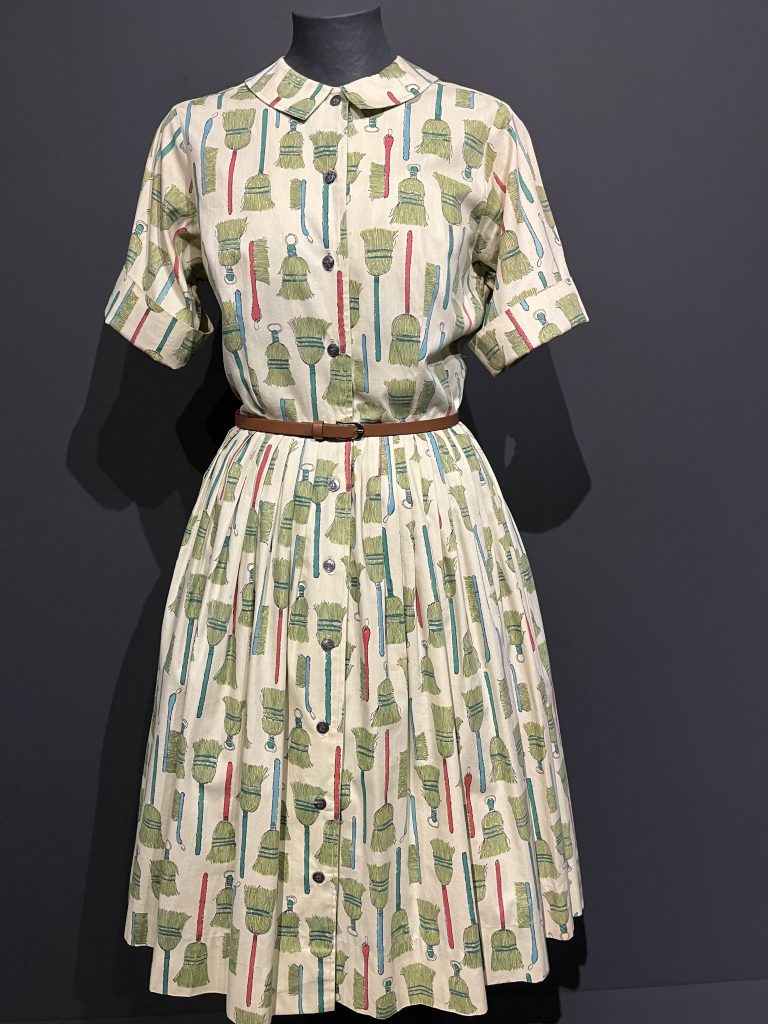

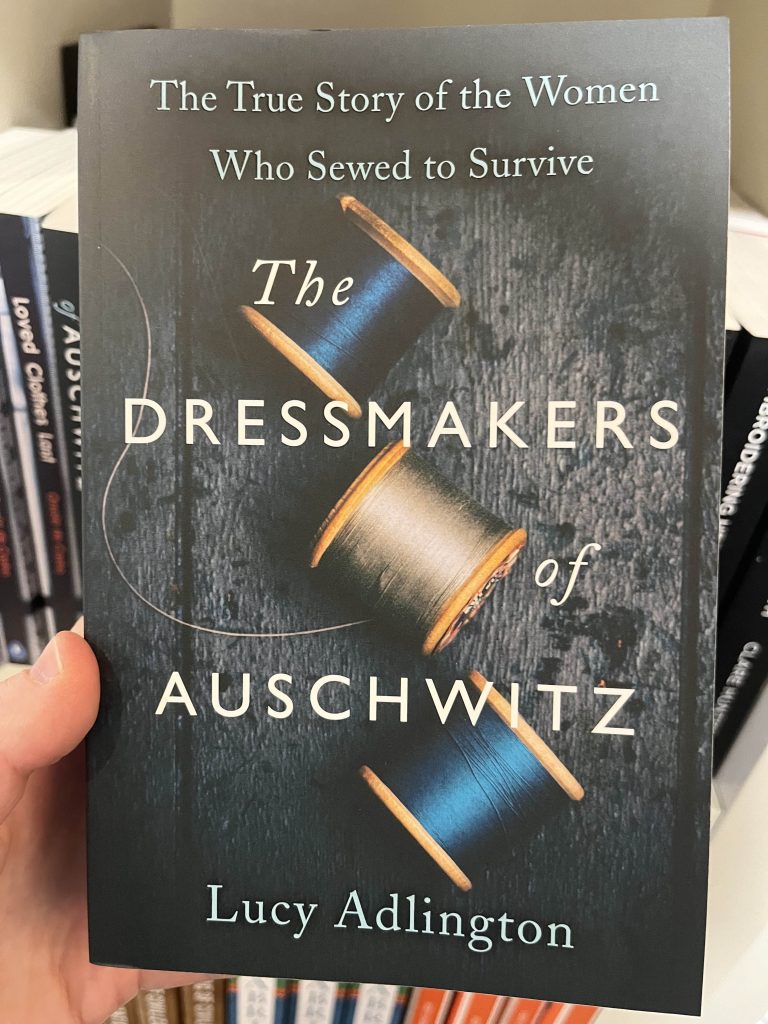
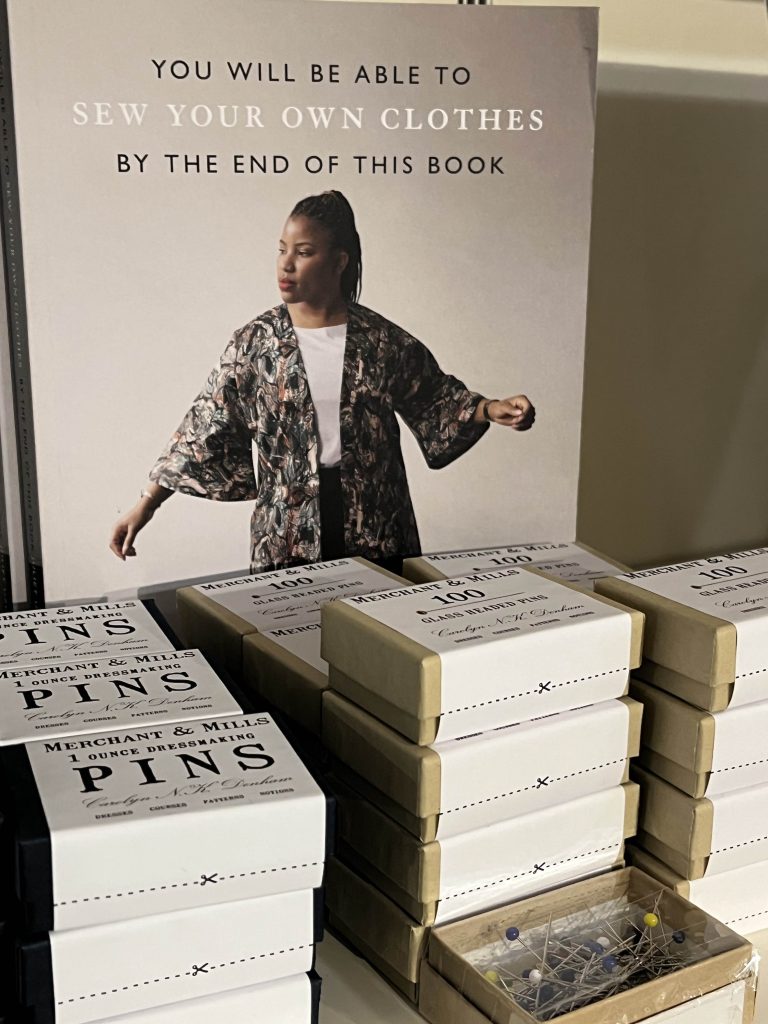
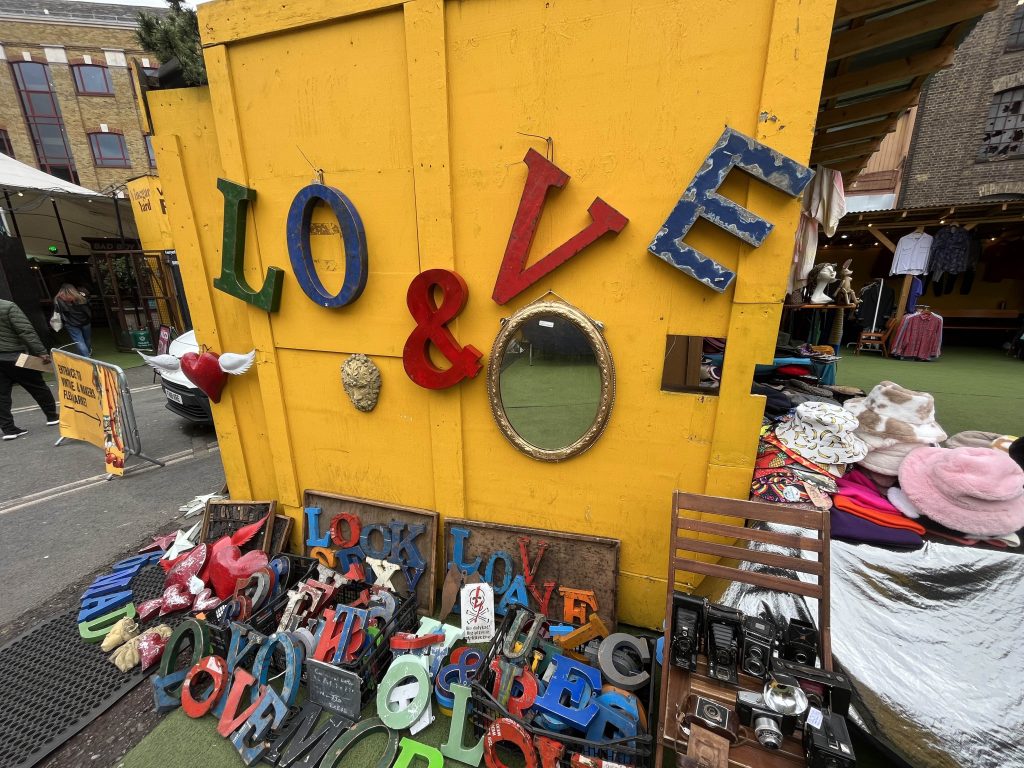
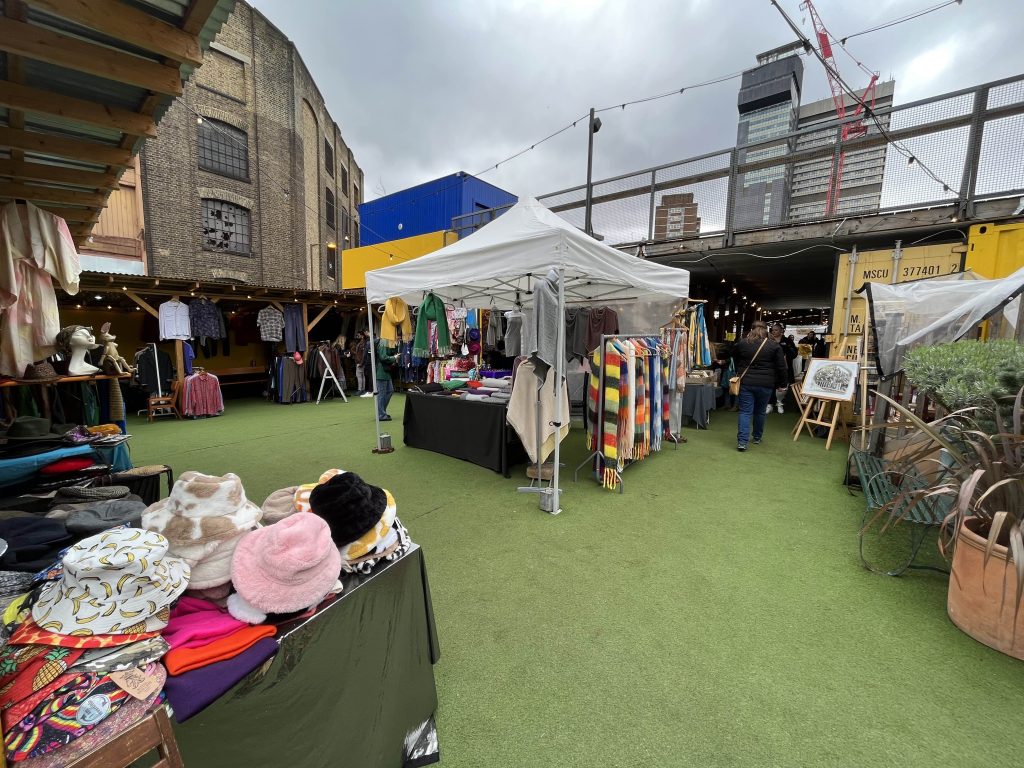
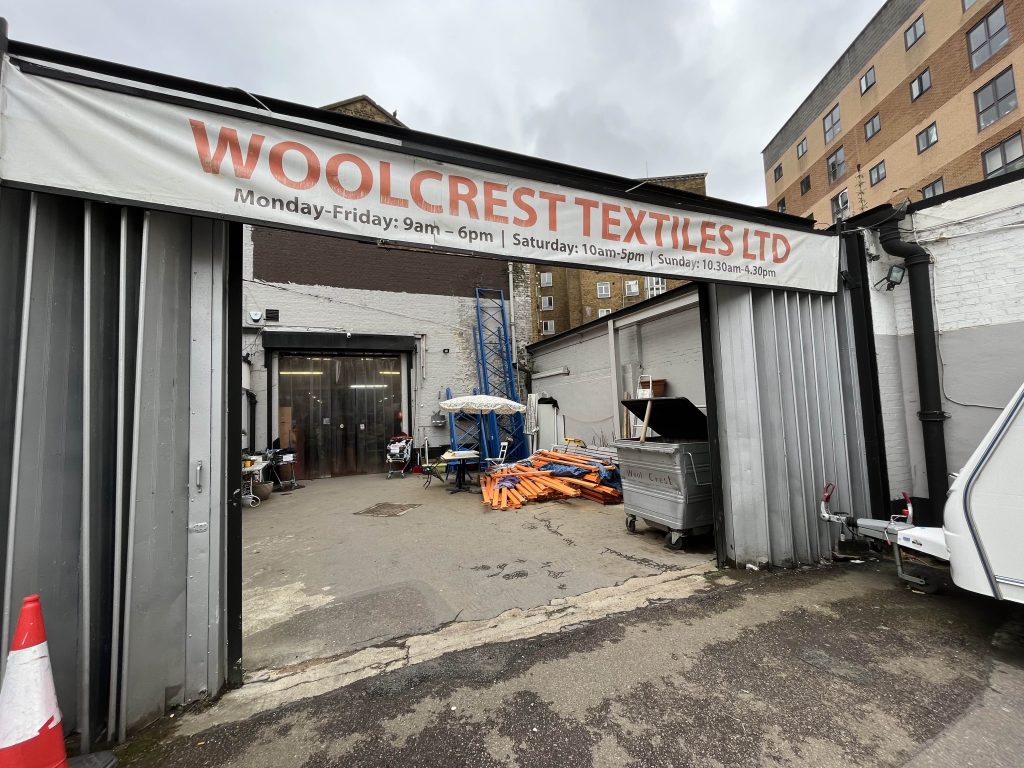
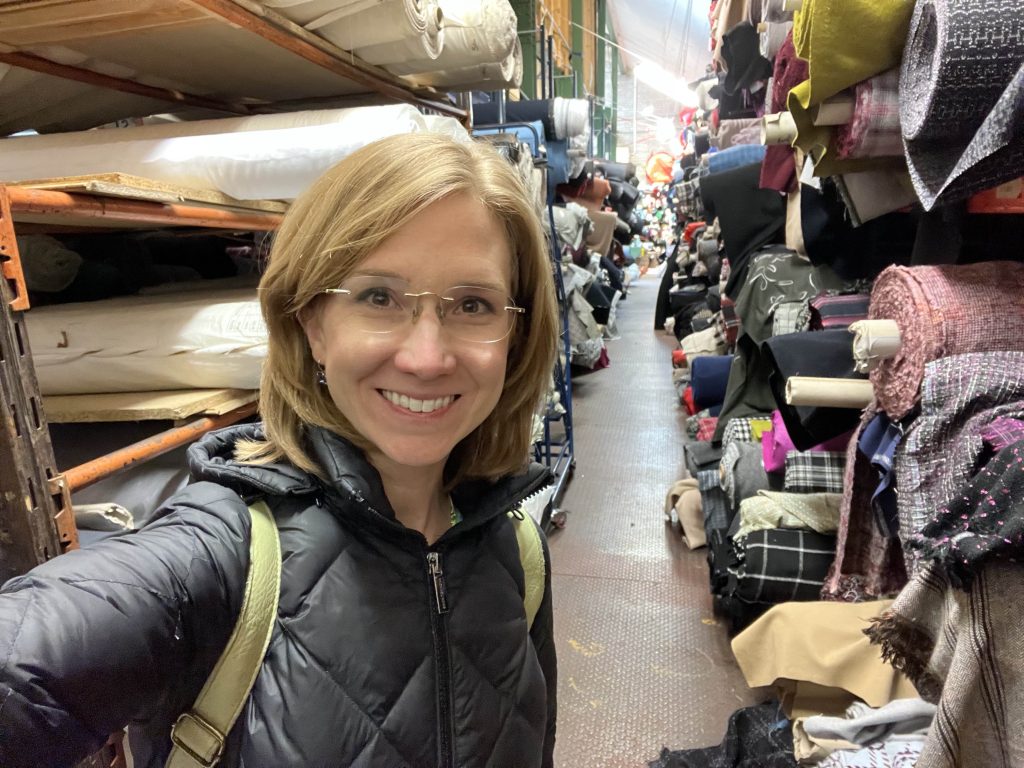
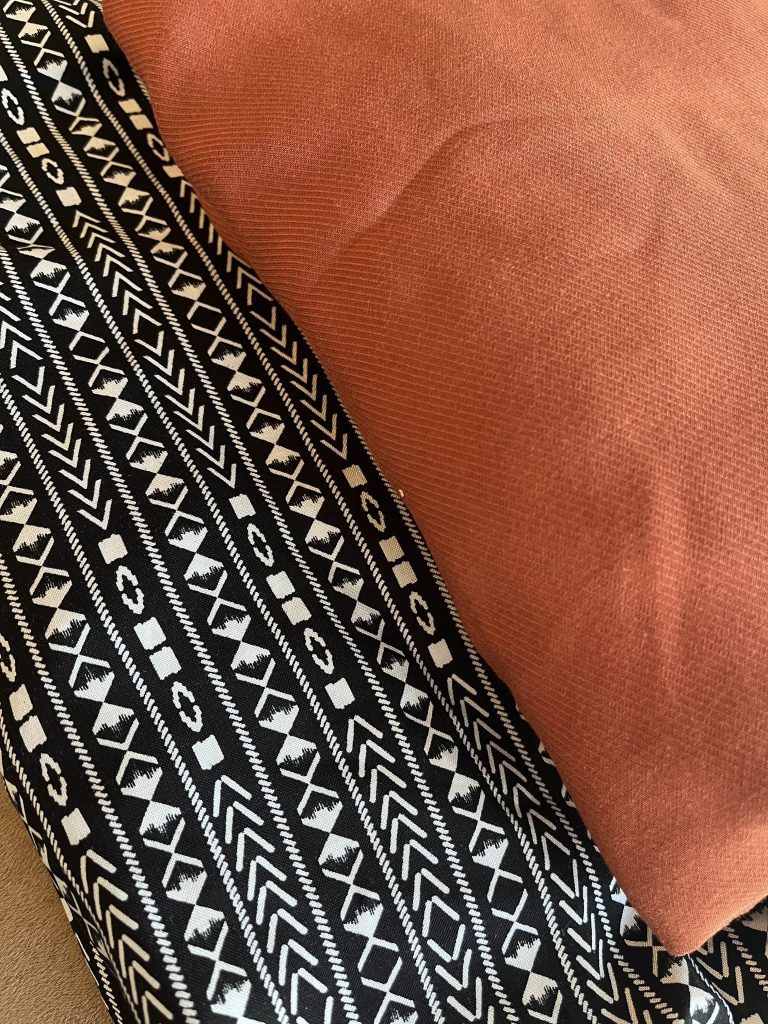
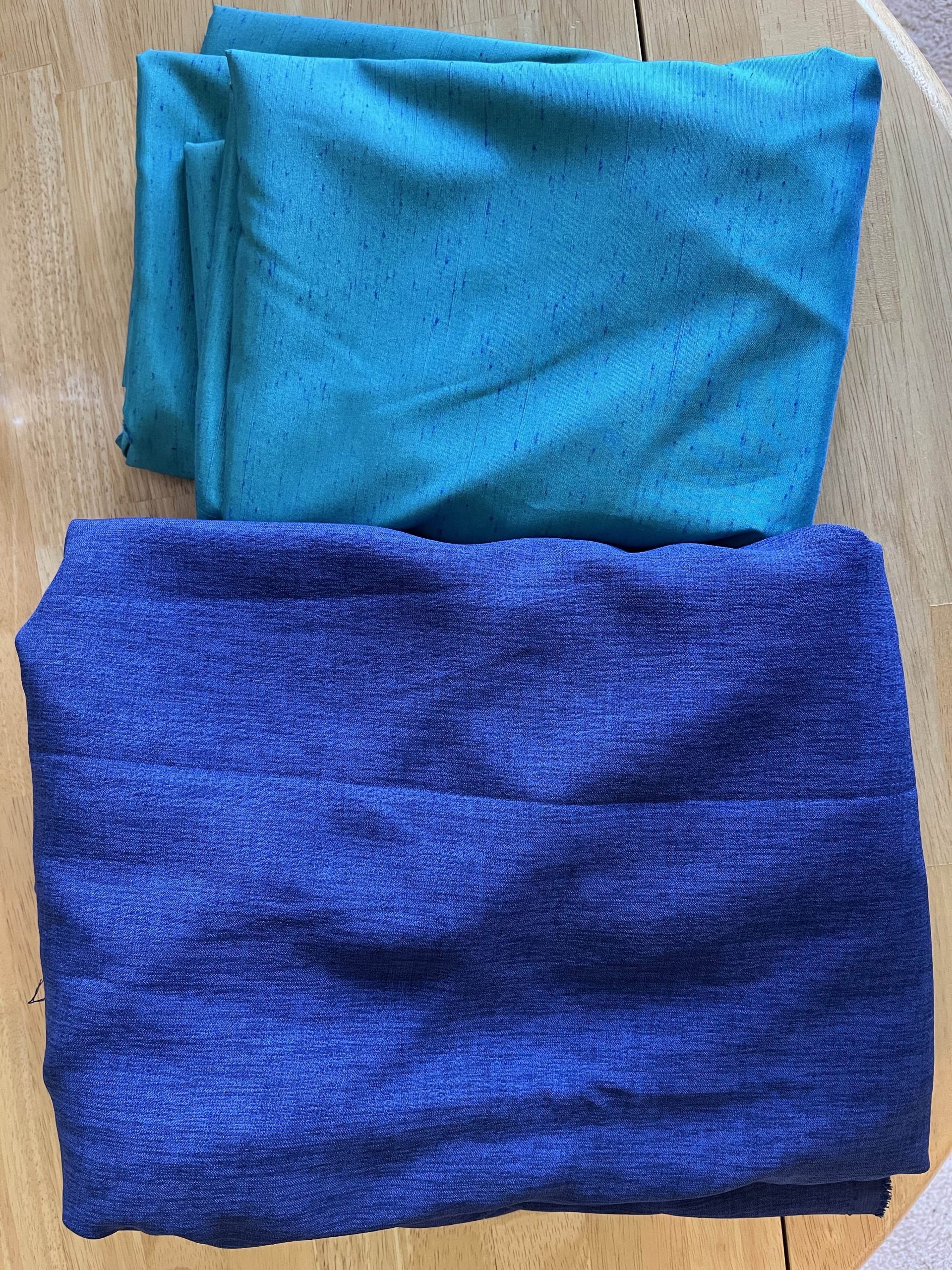
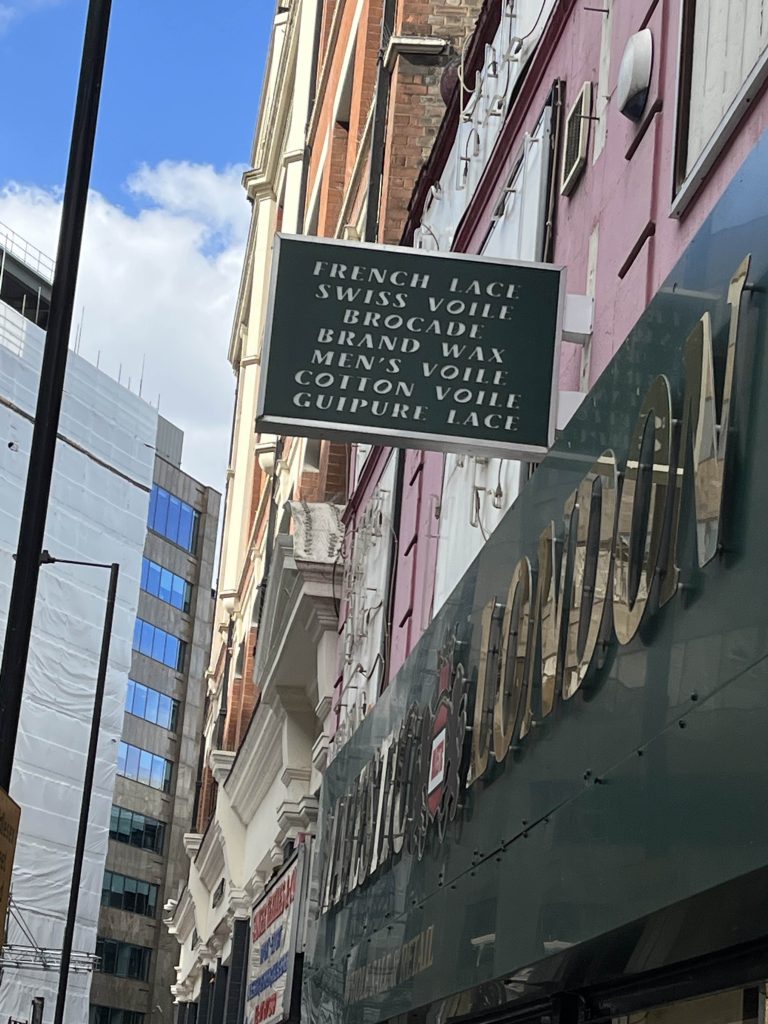
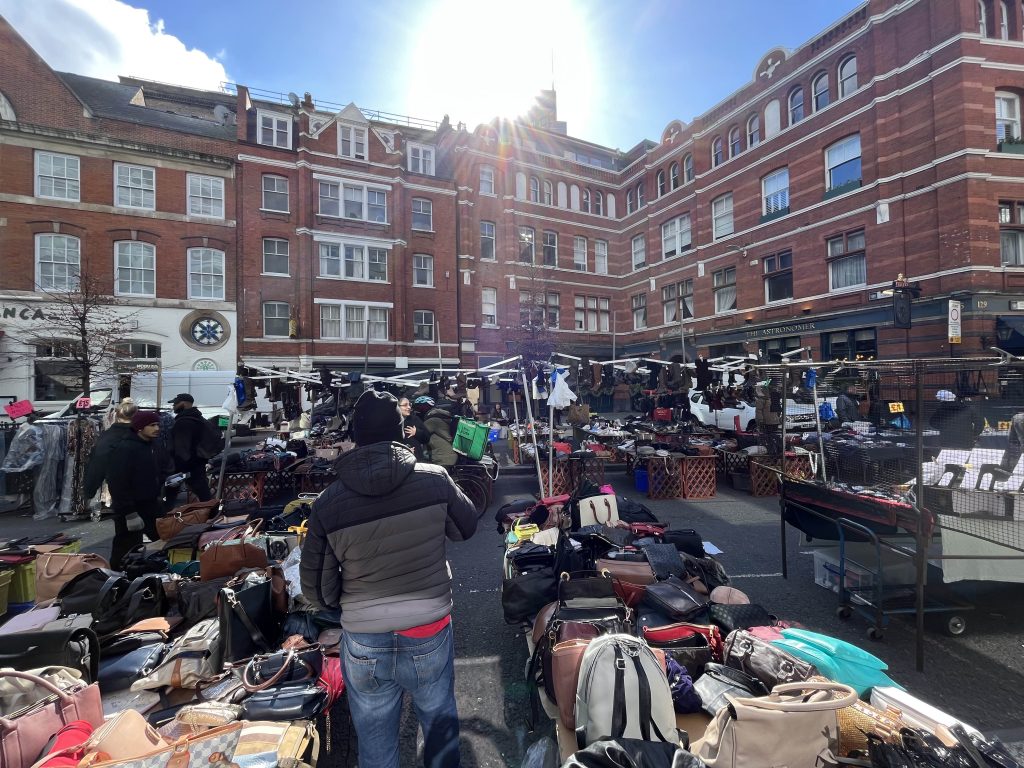
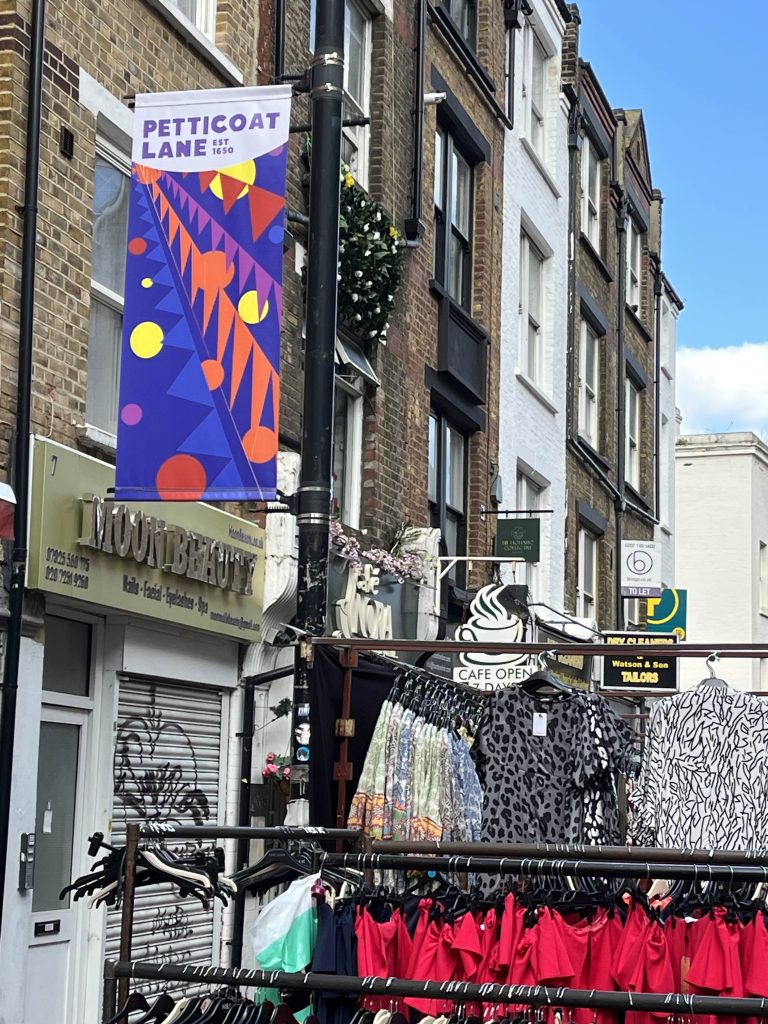

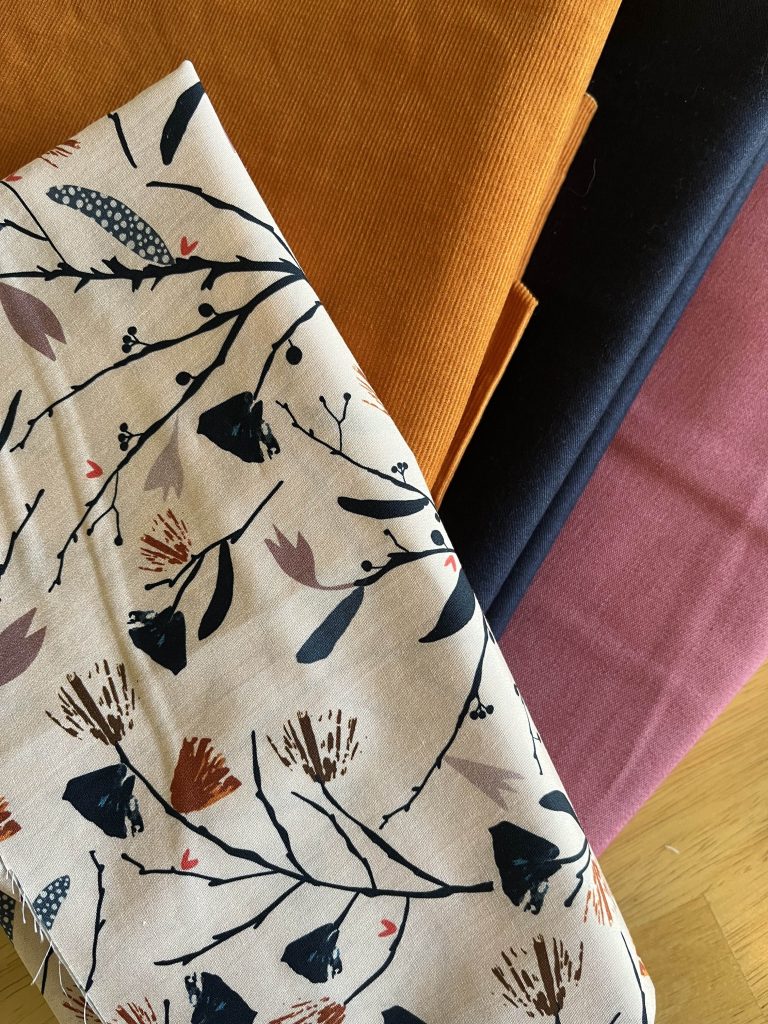
You must be logged in to post a comment.